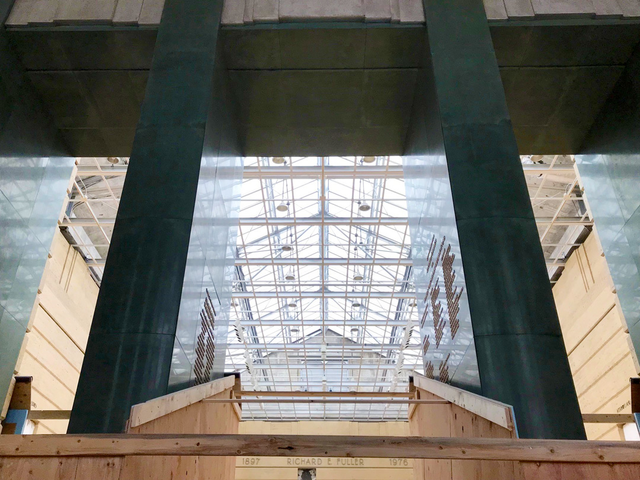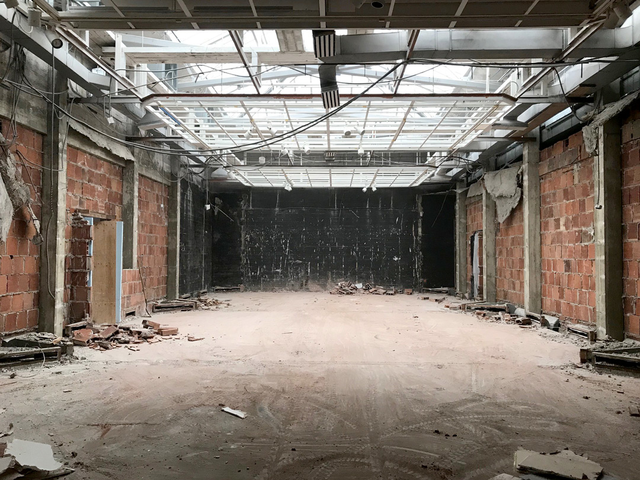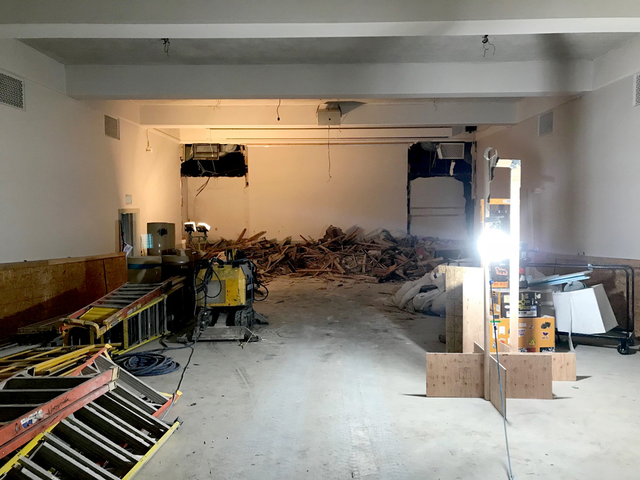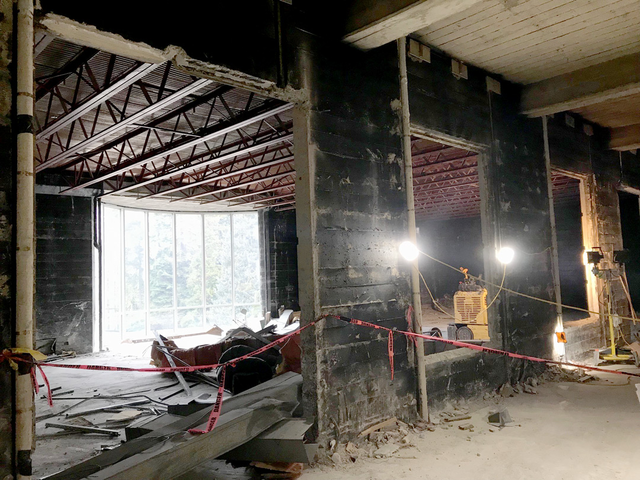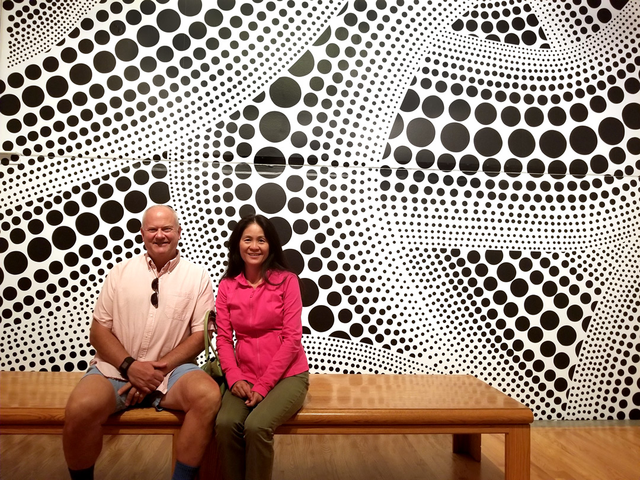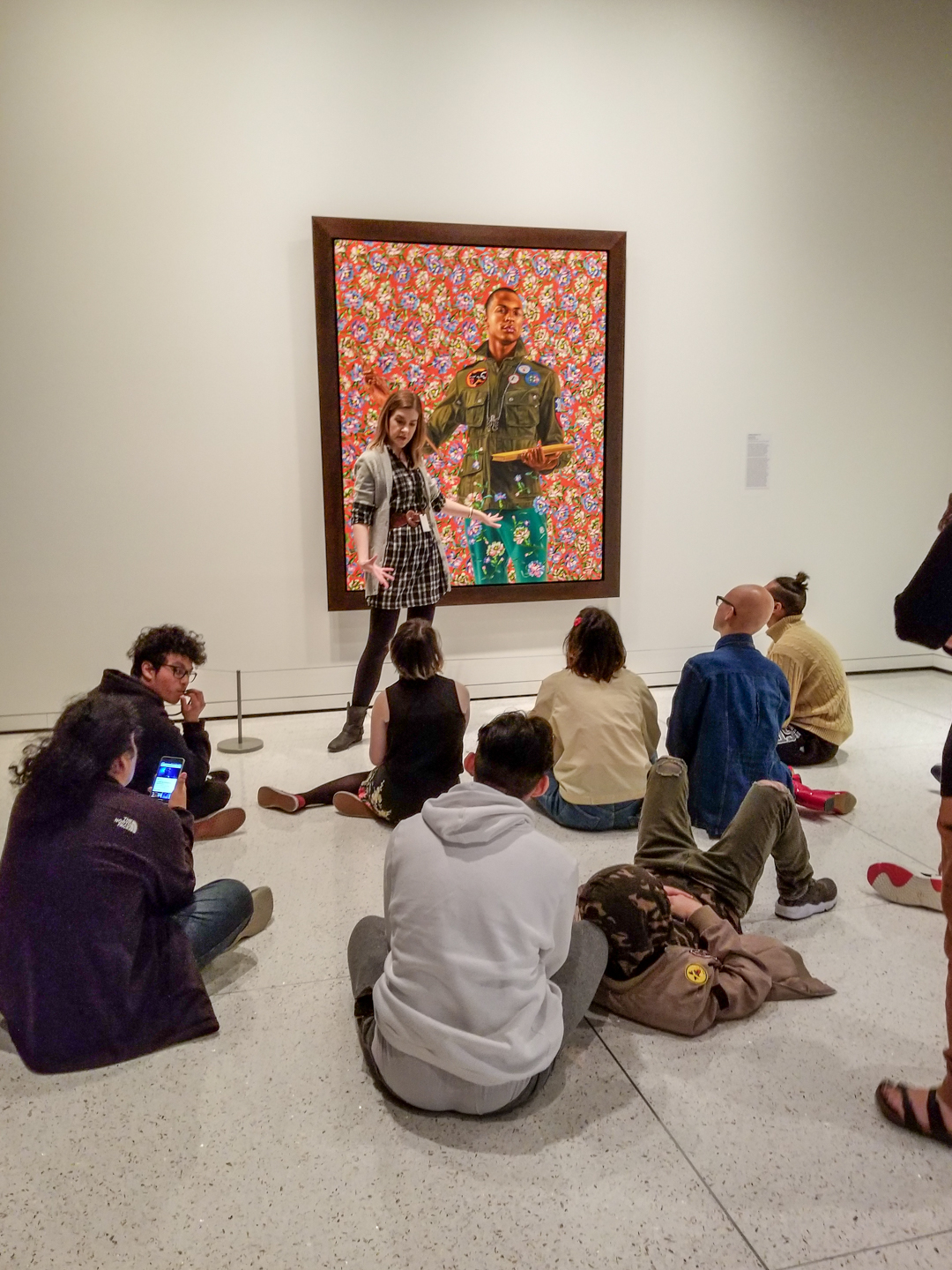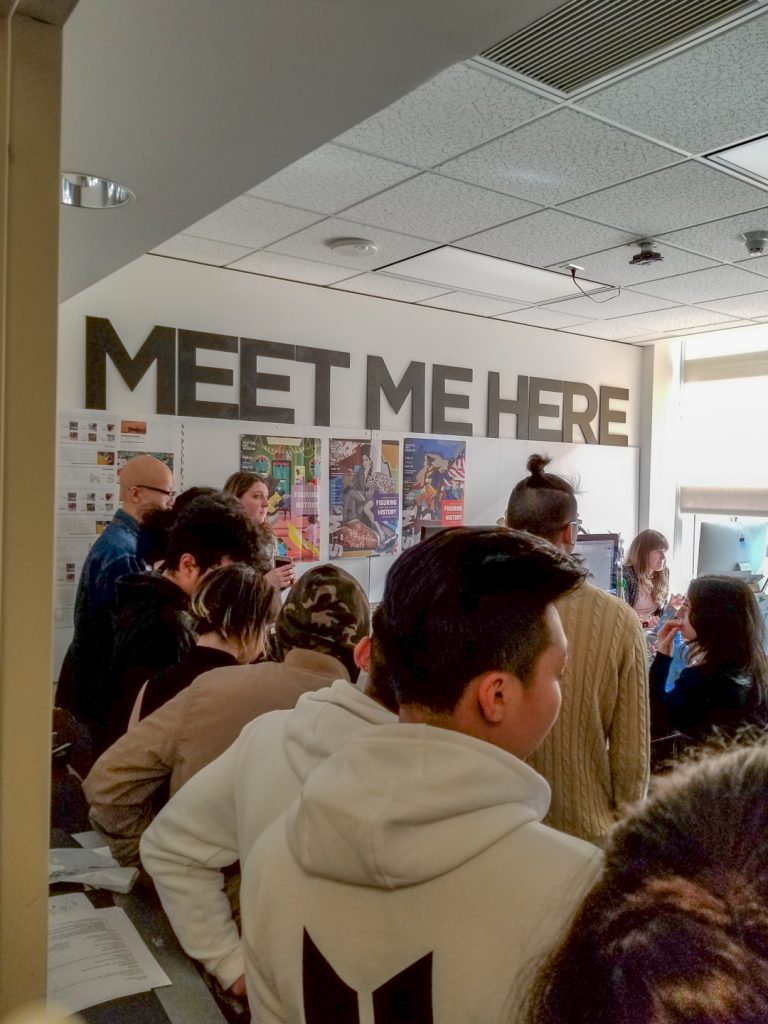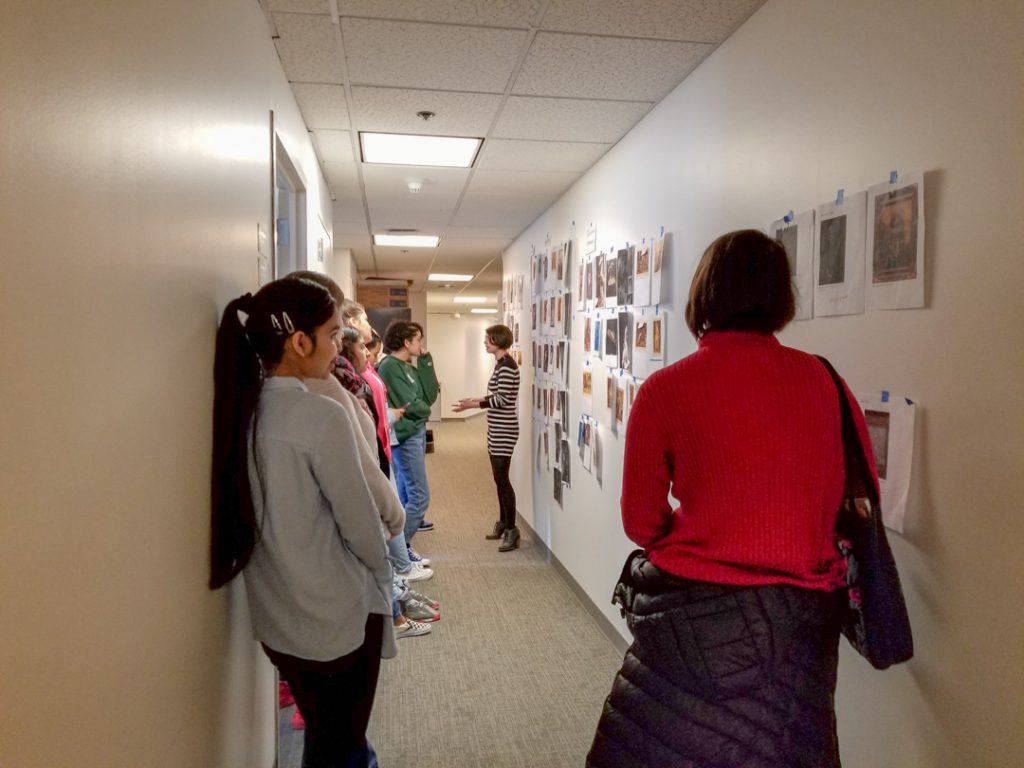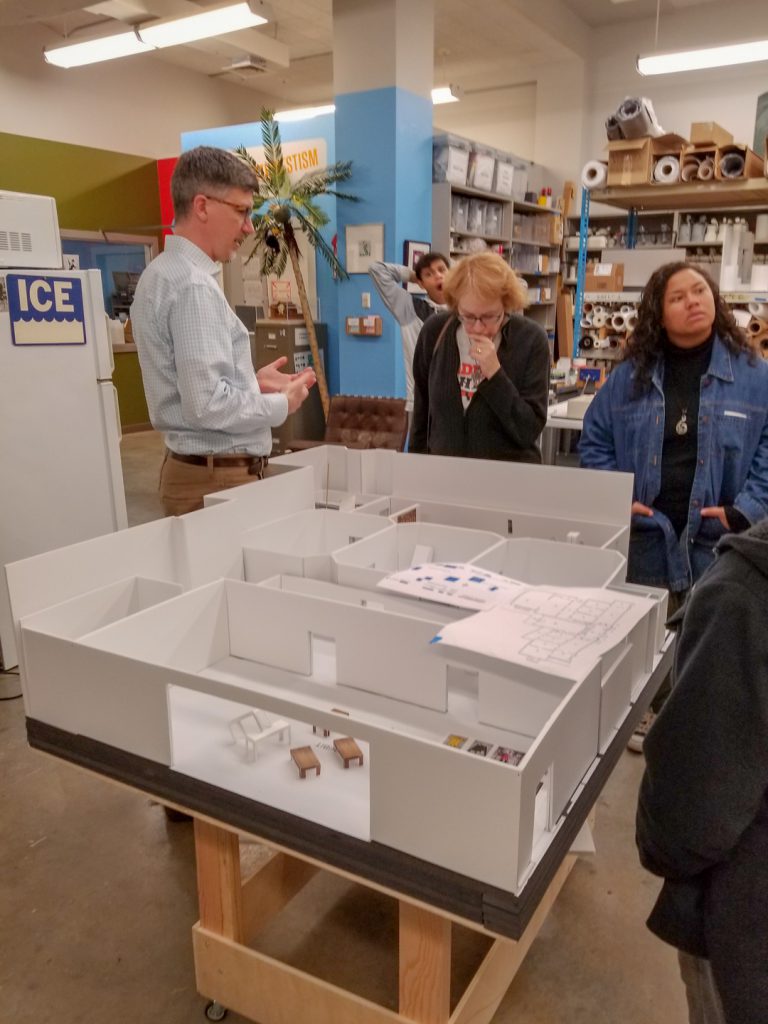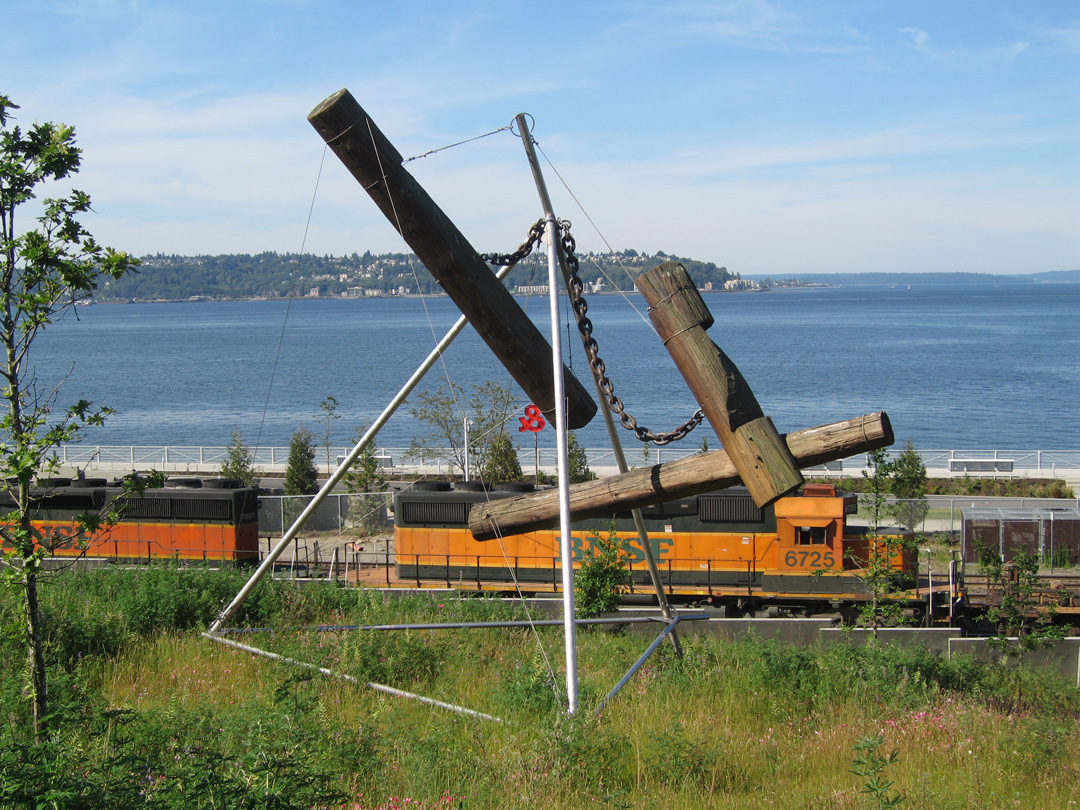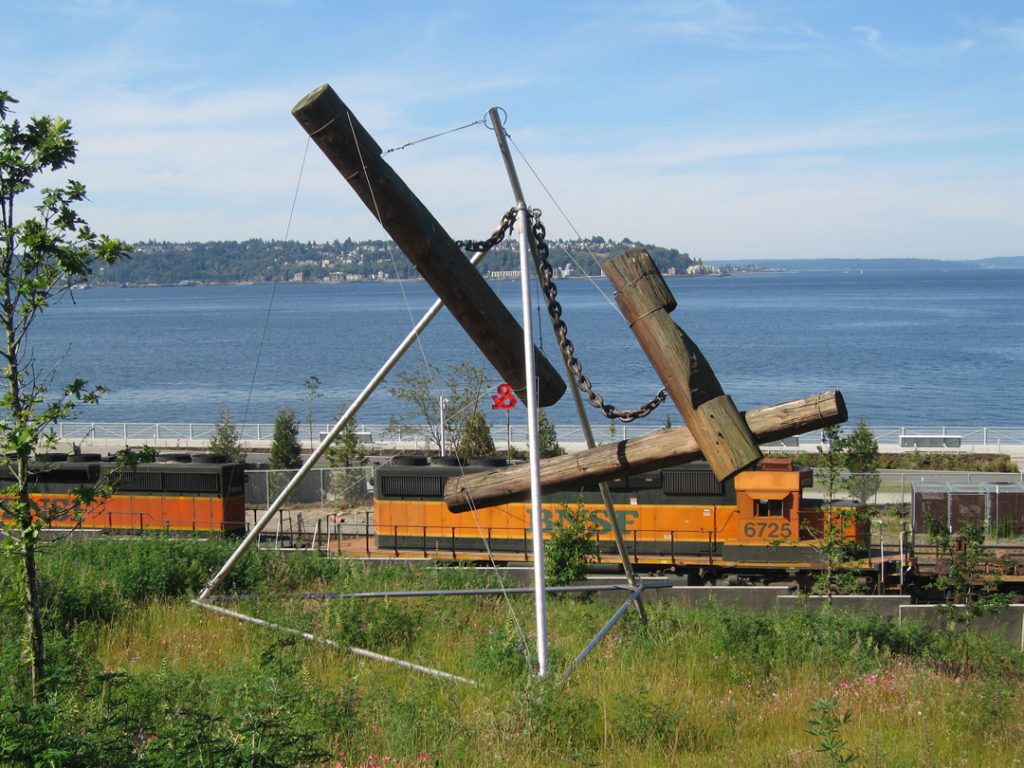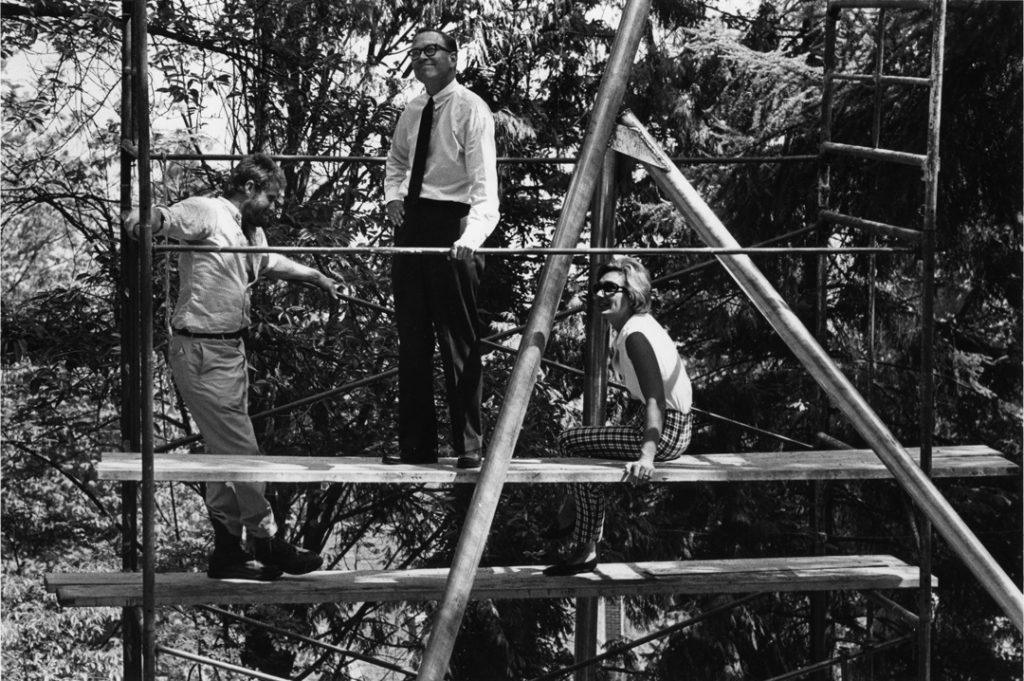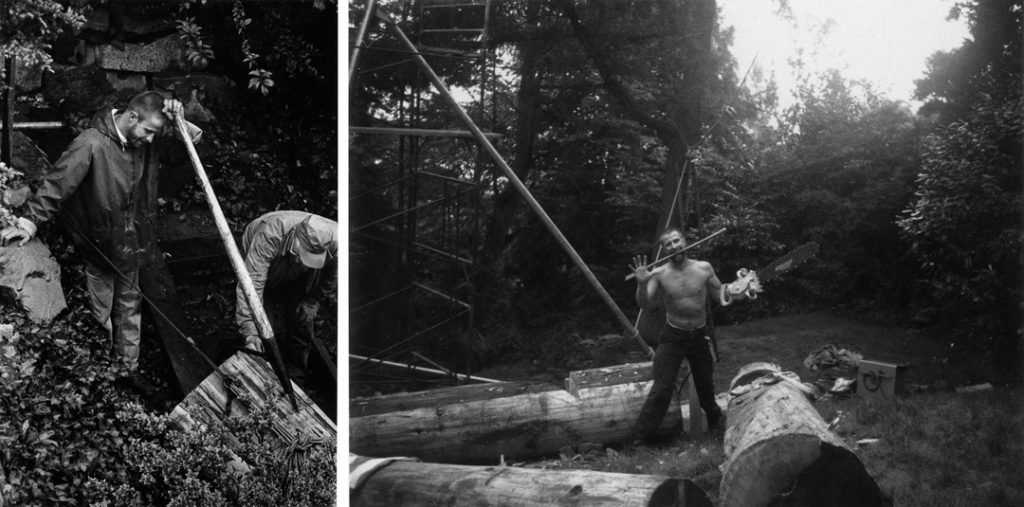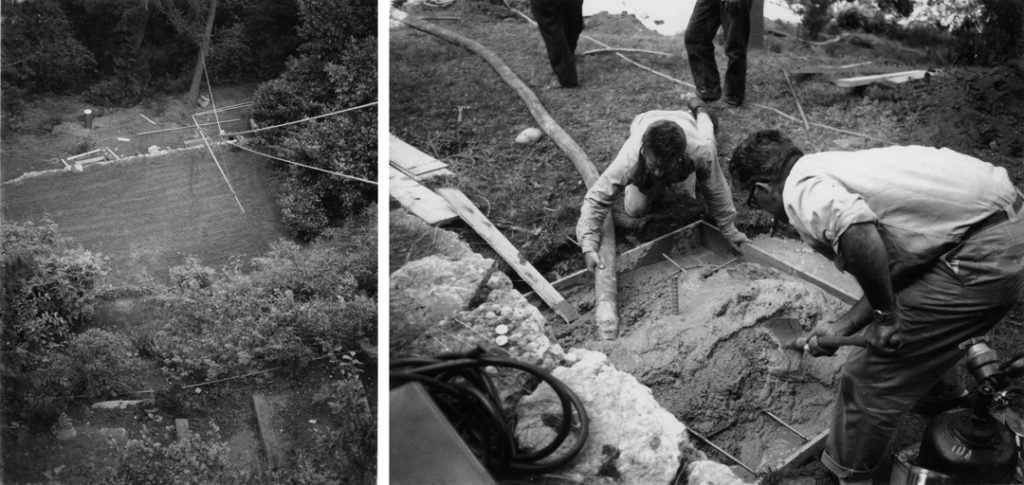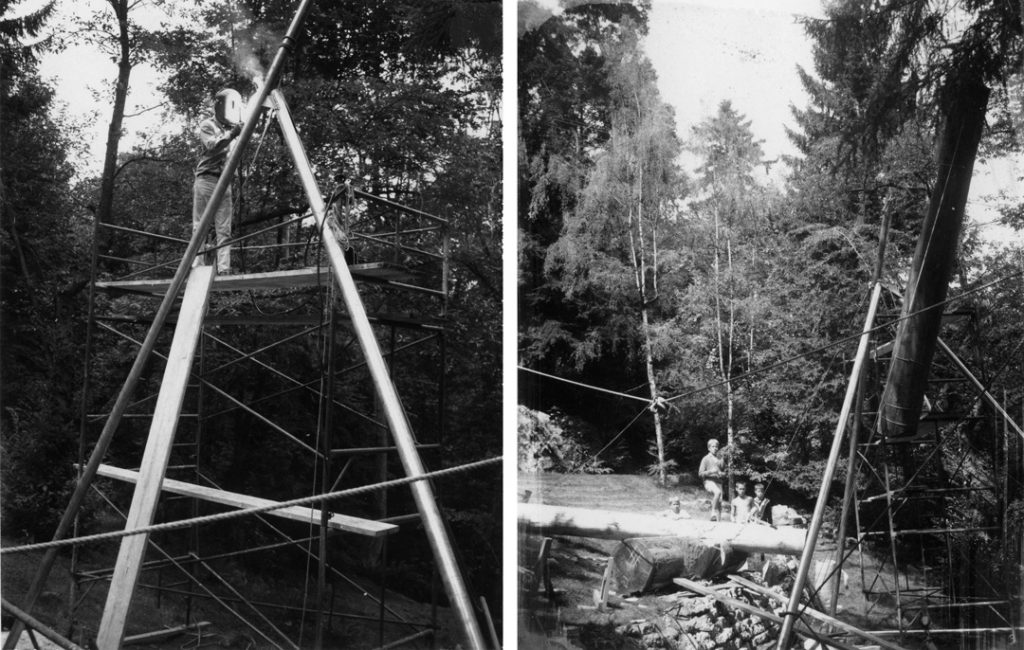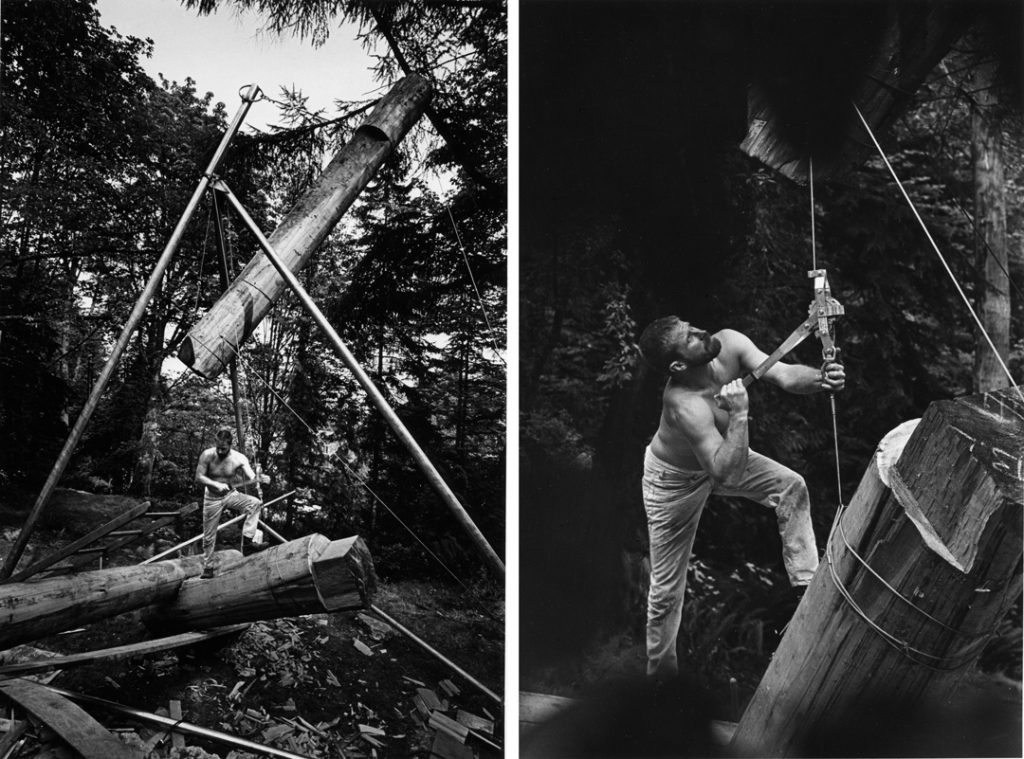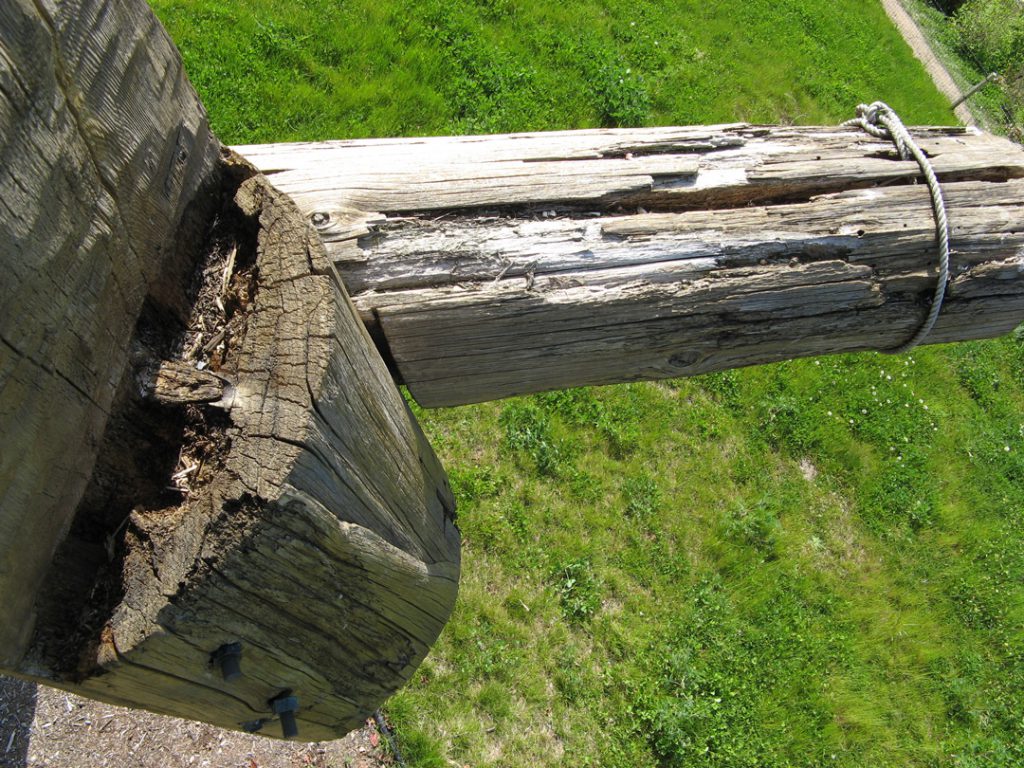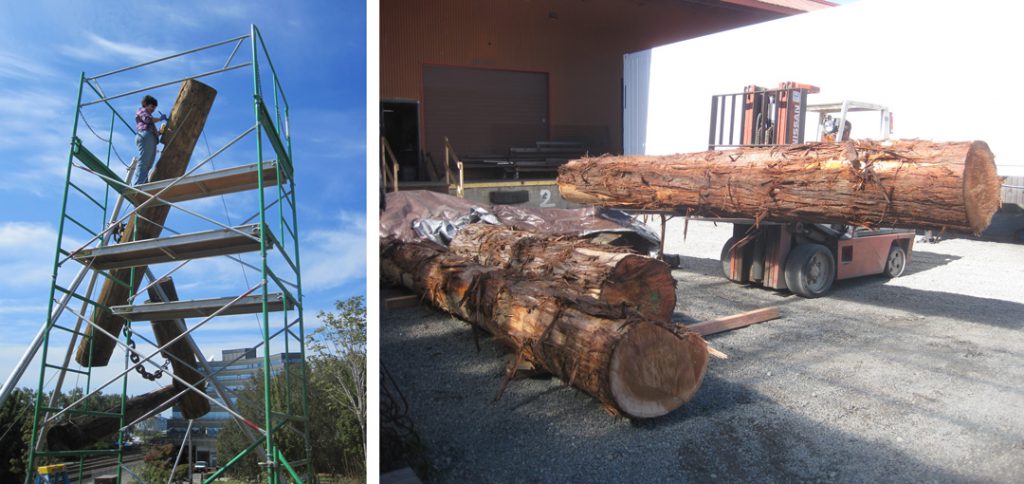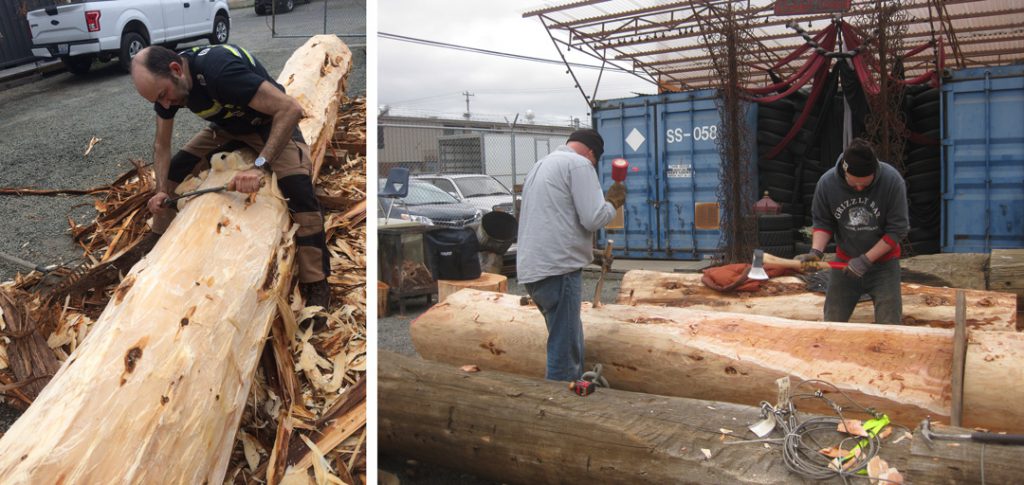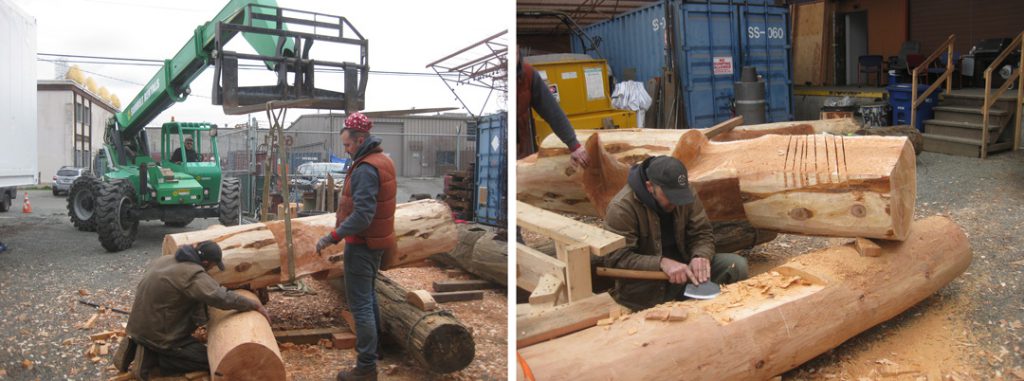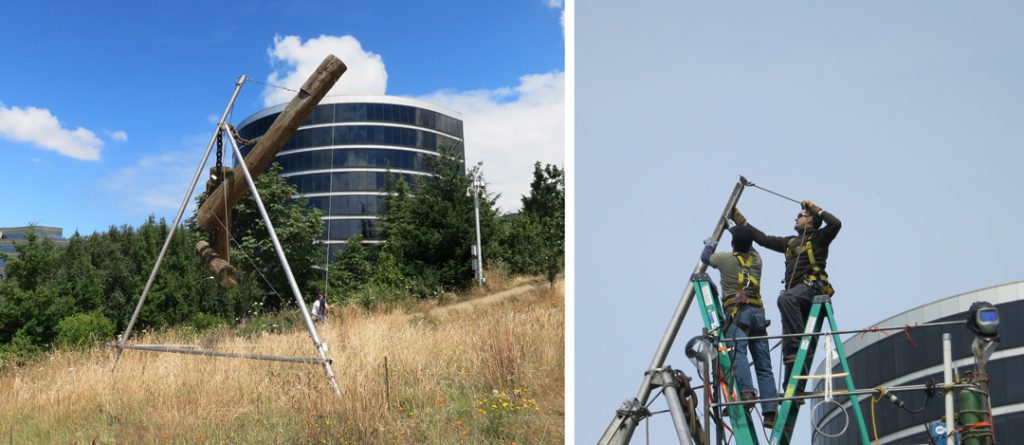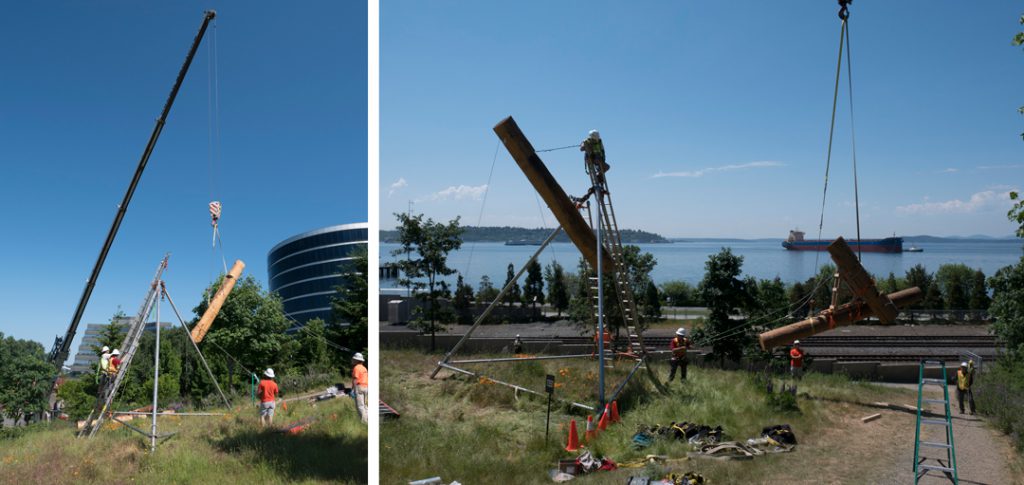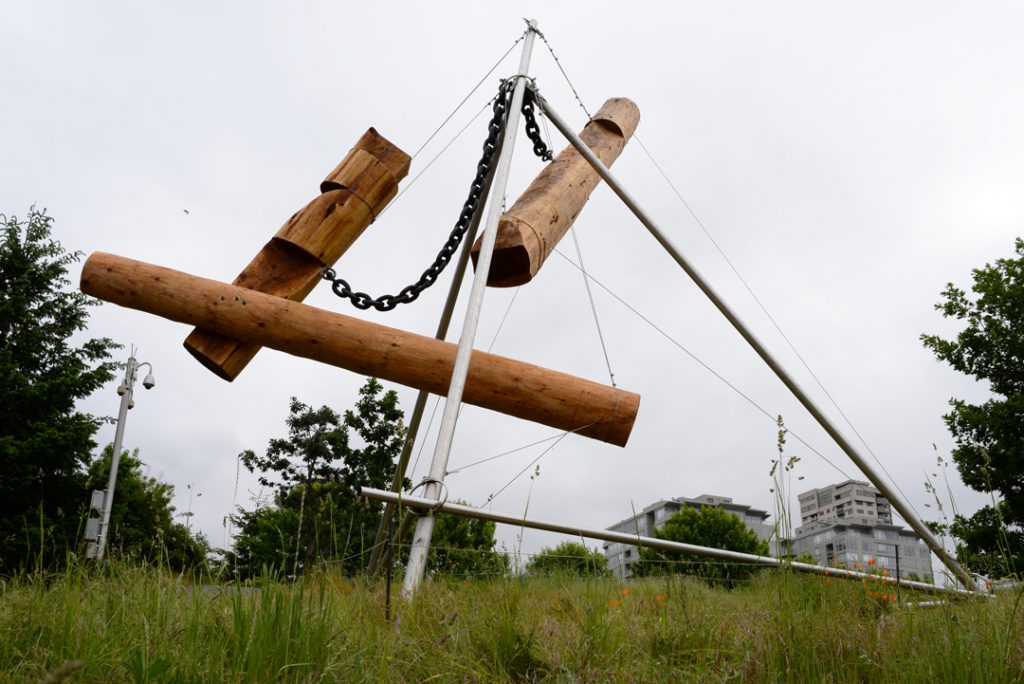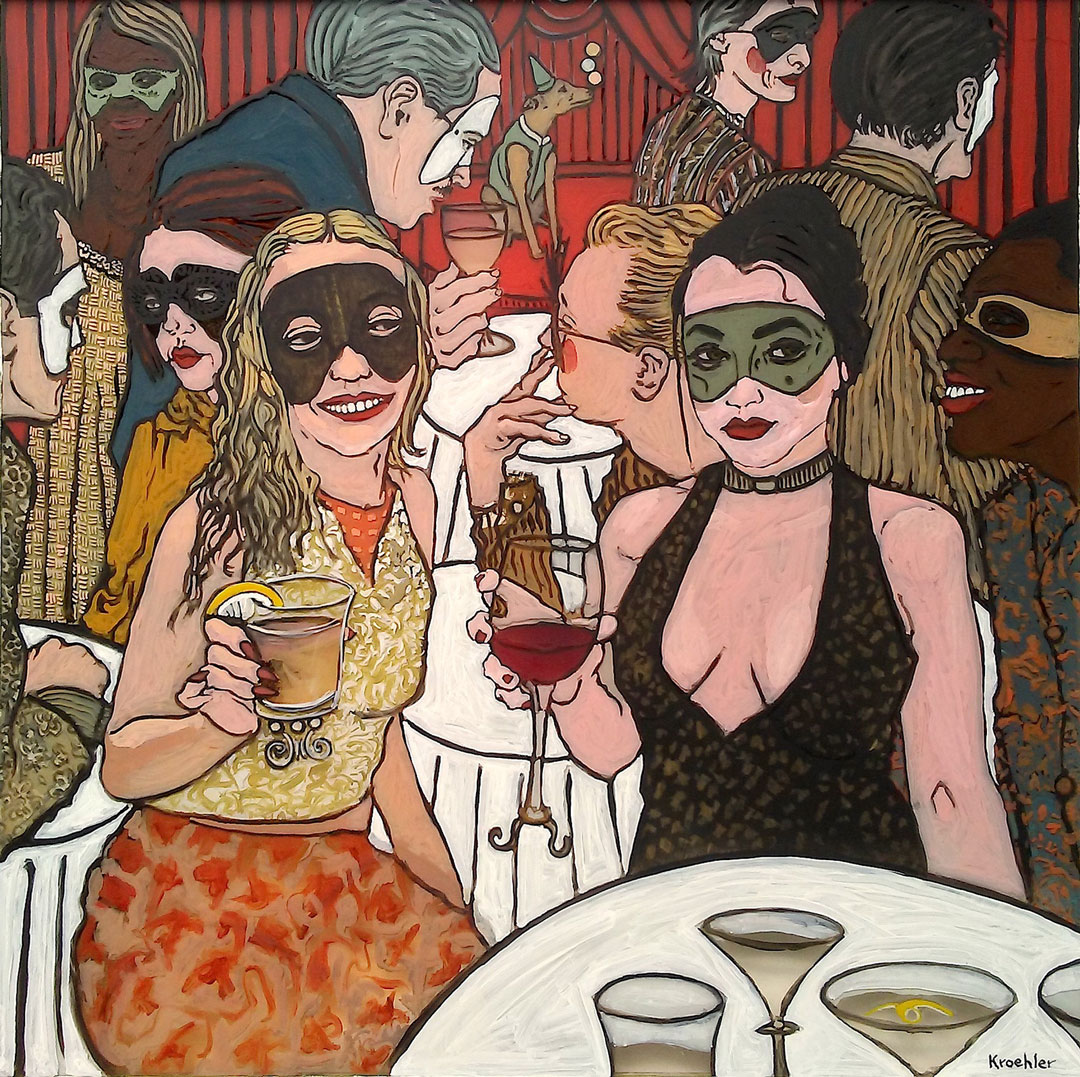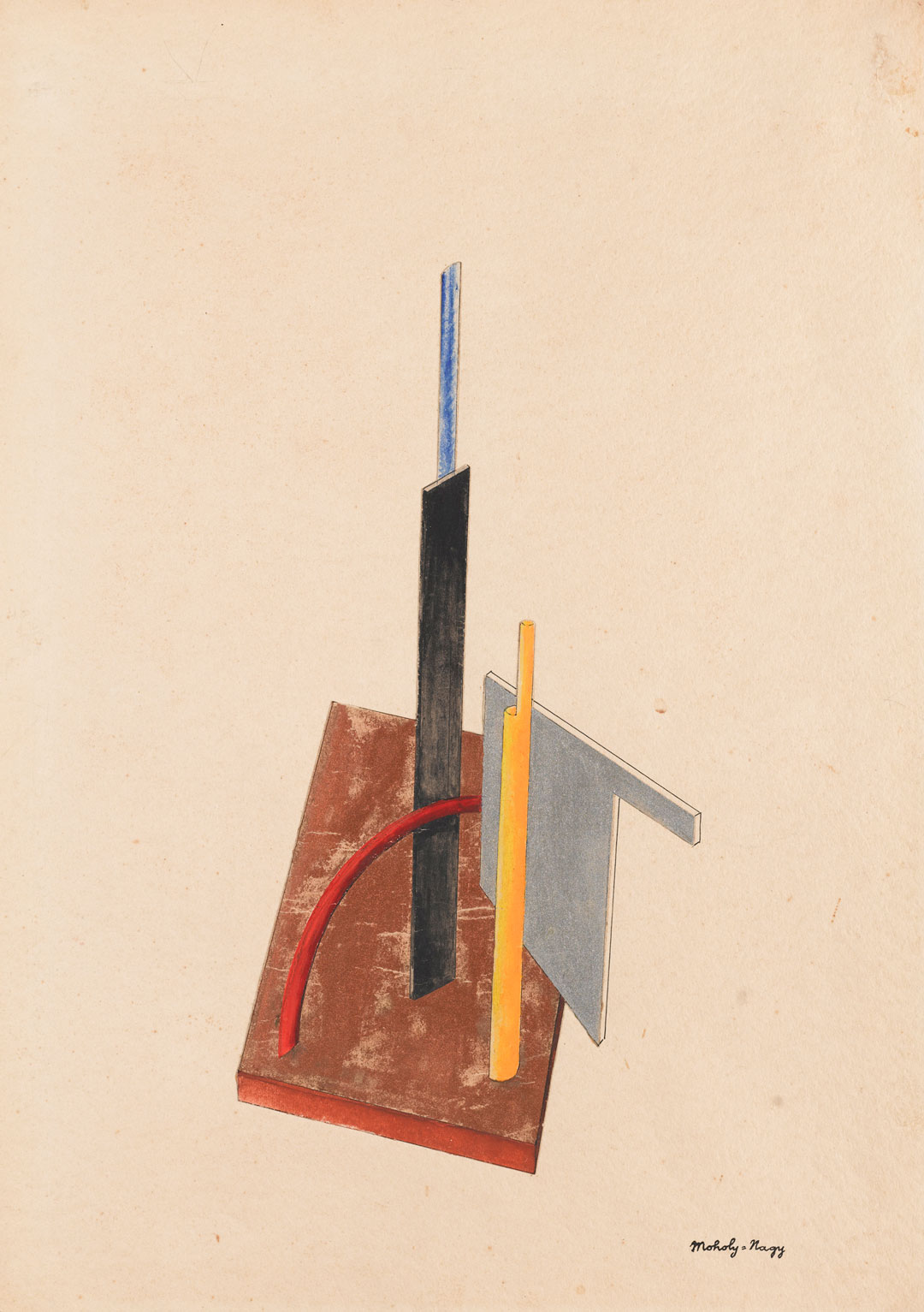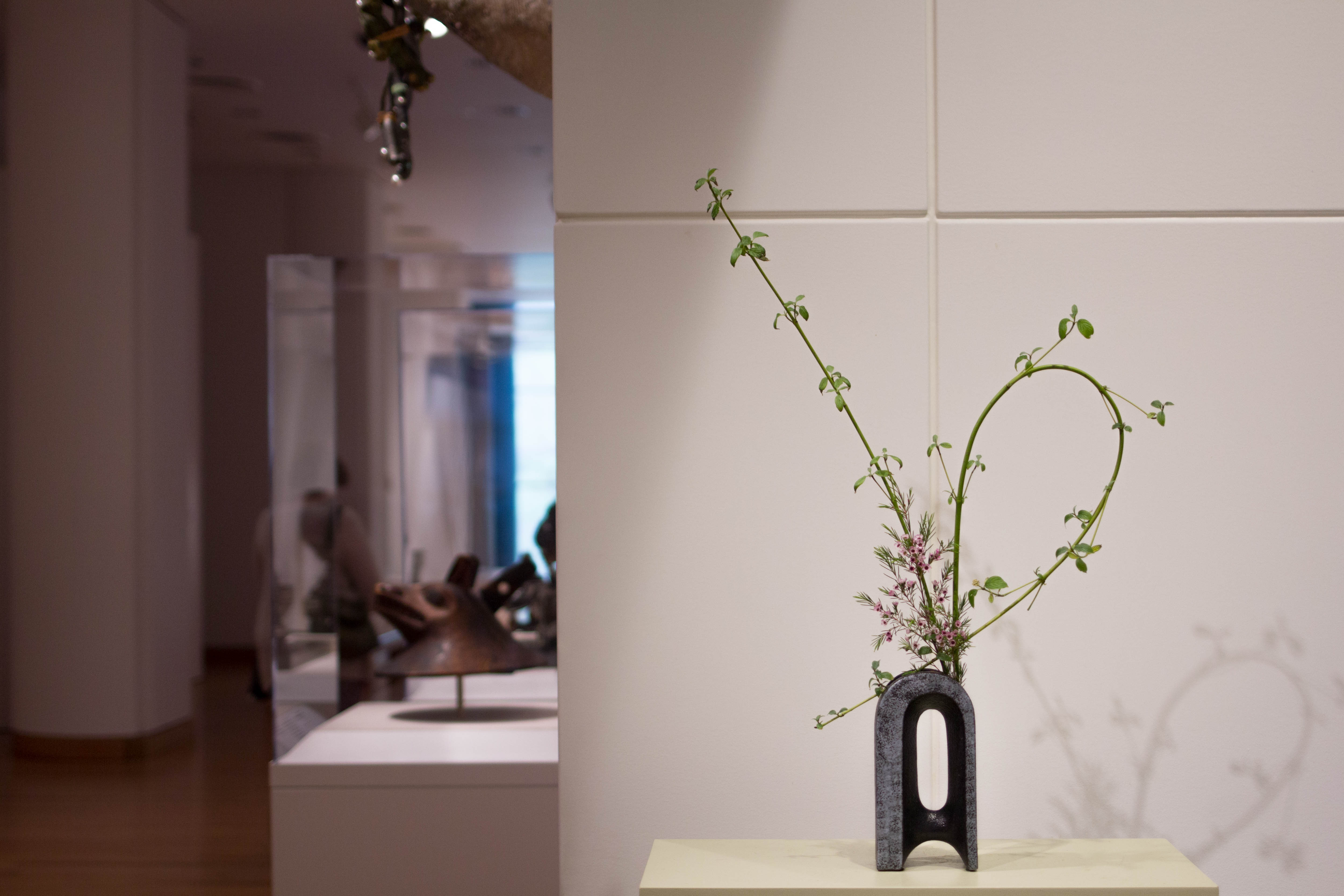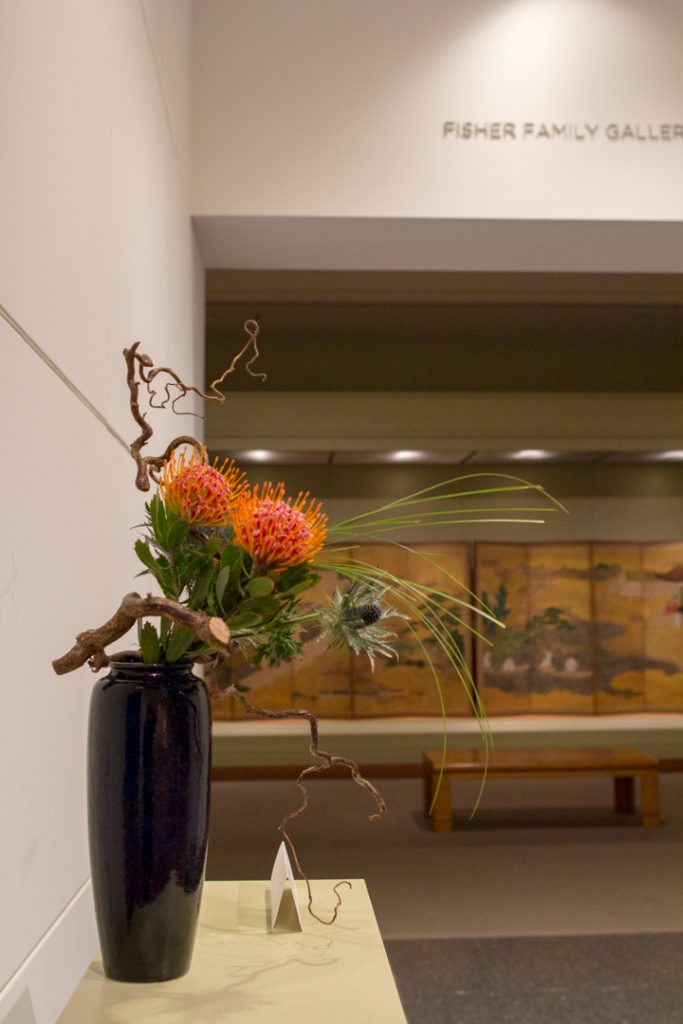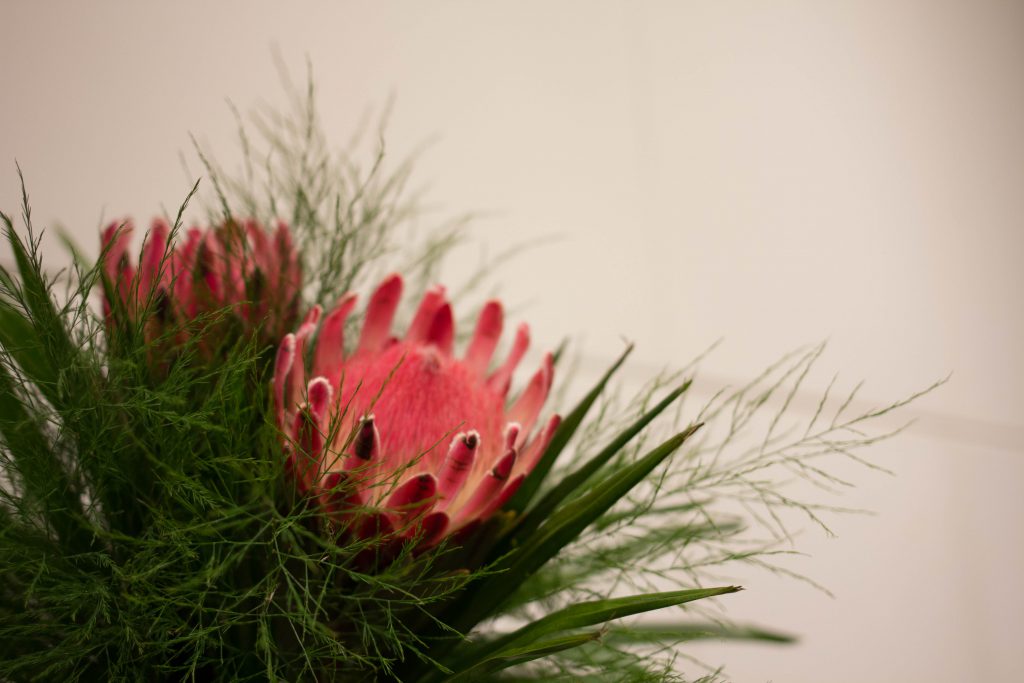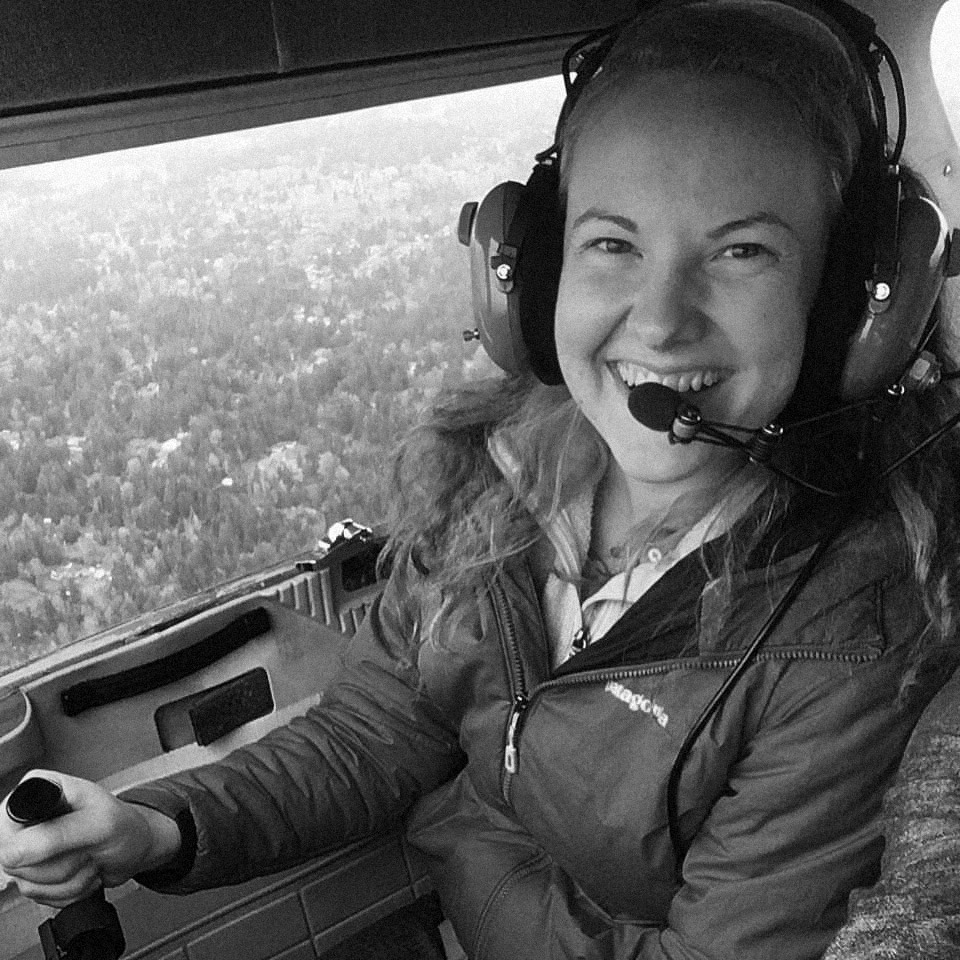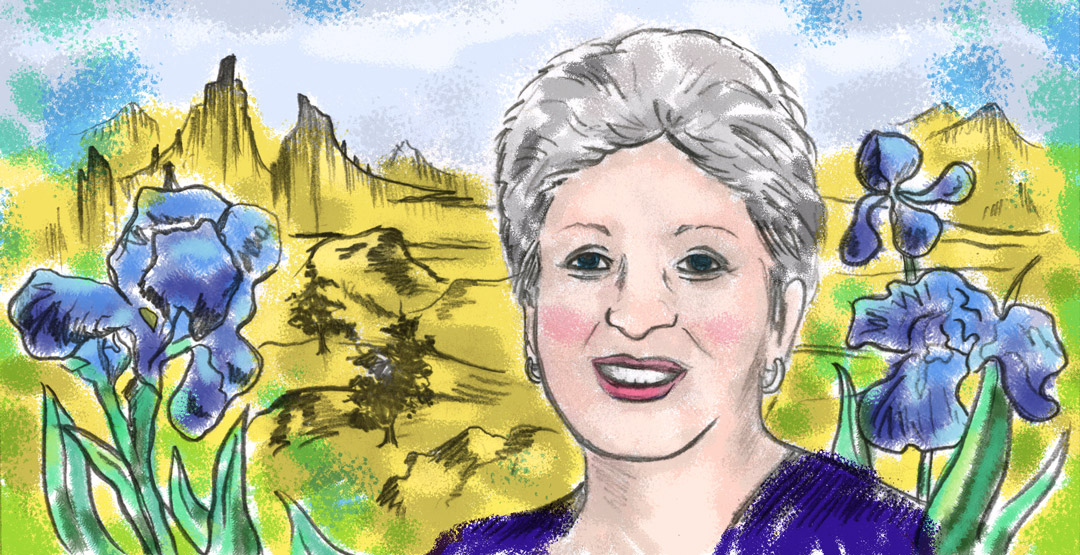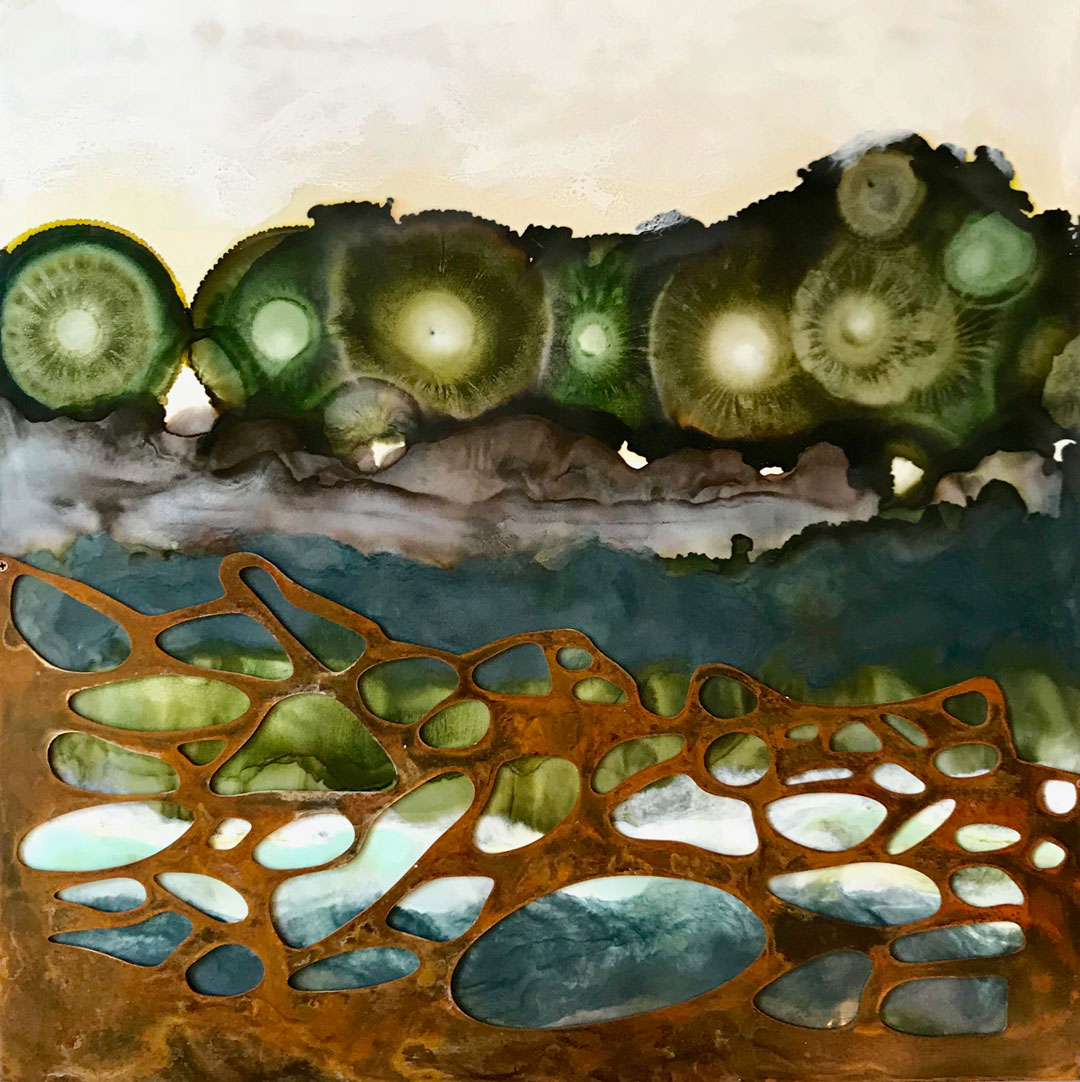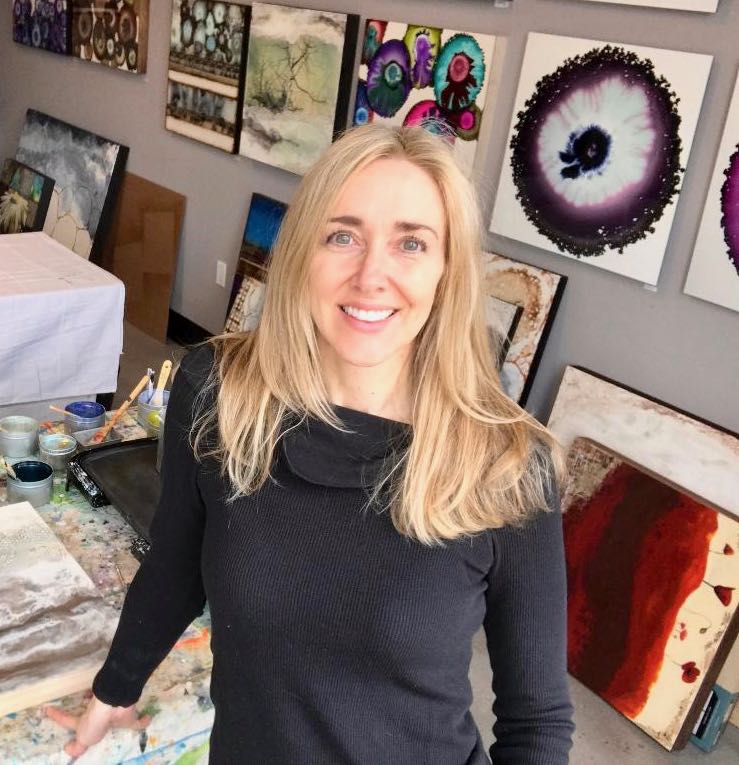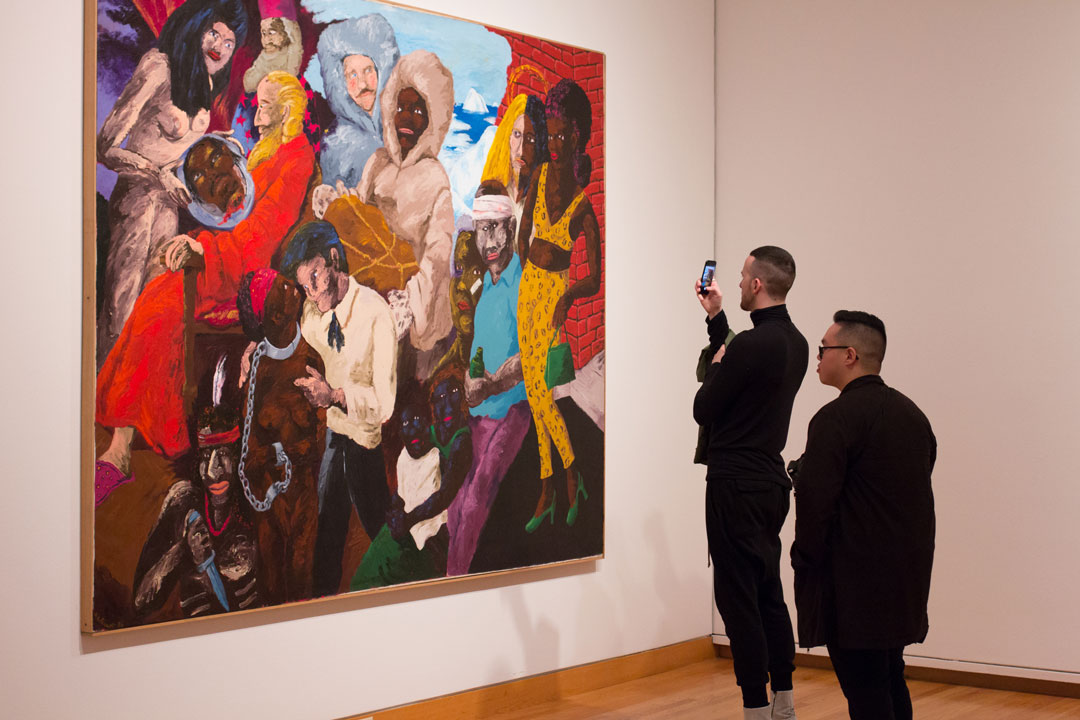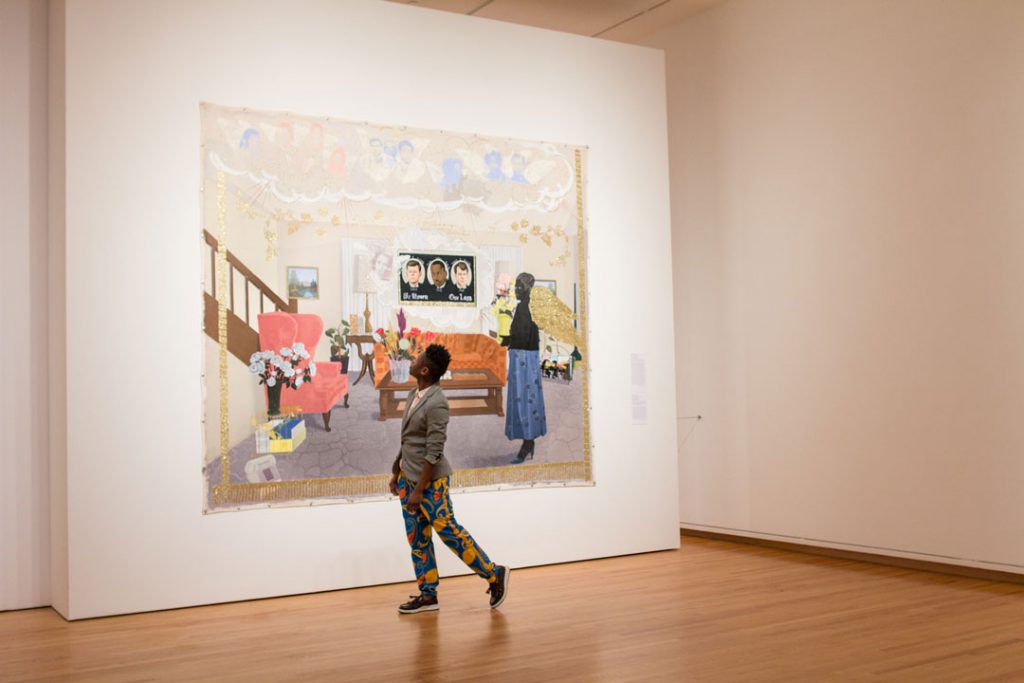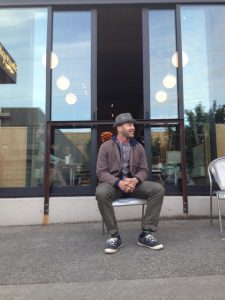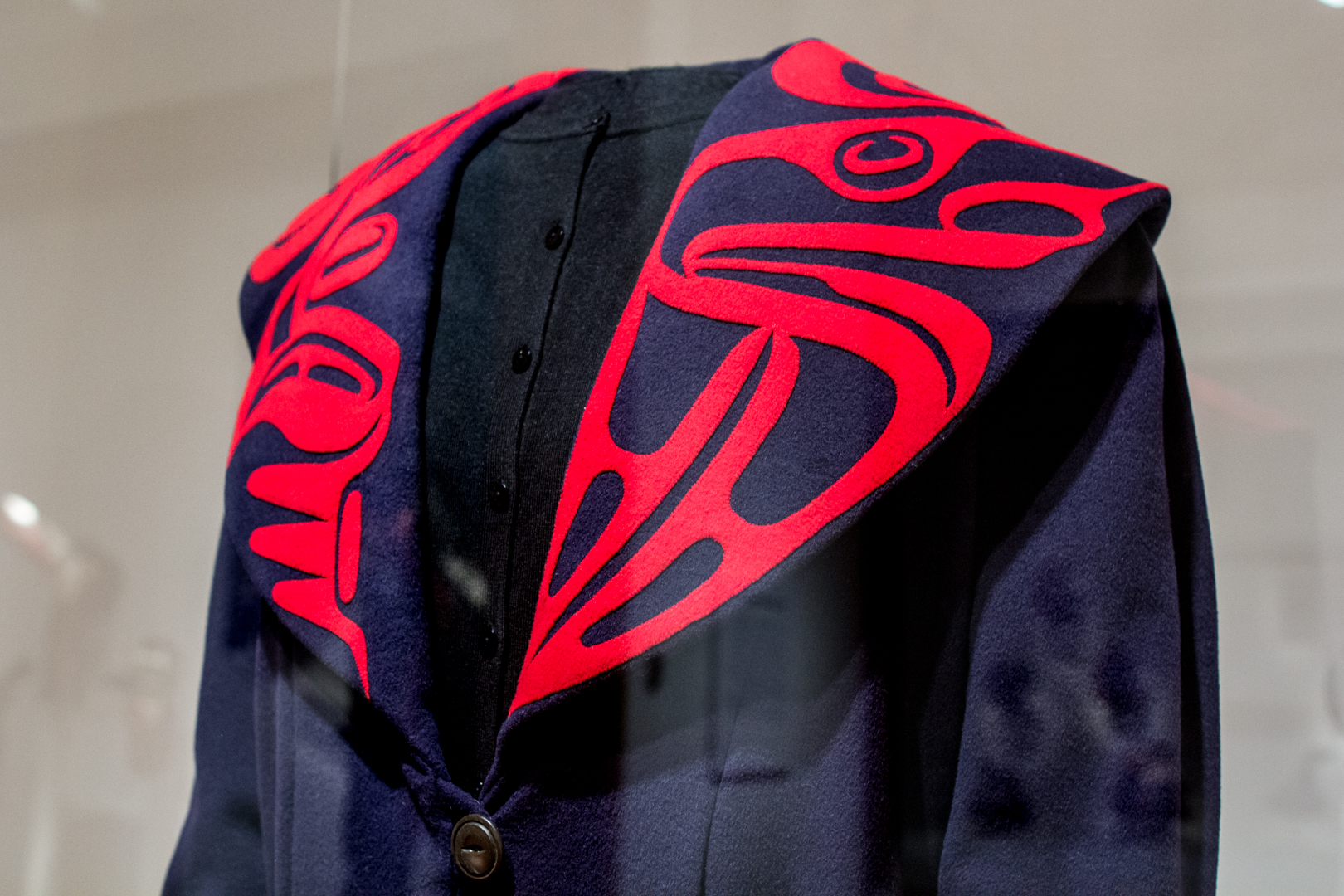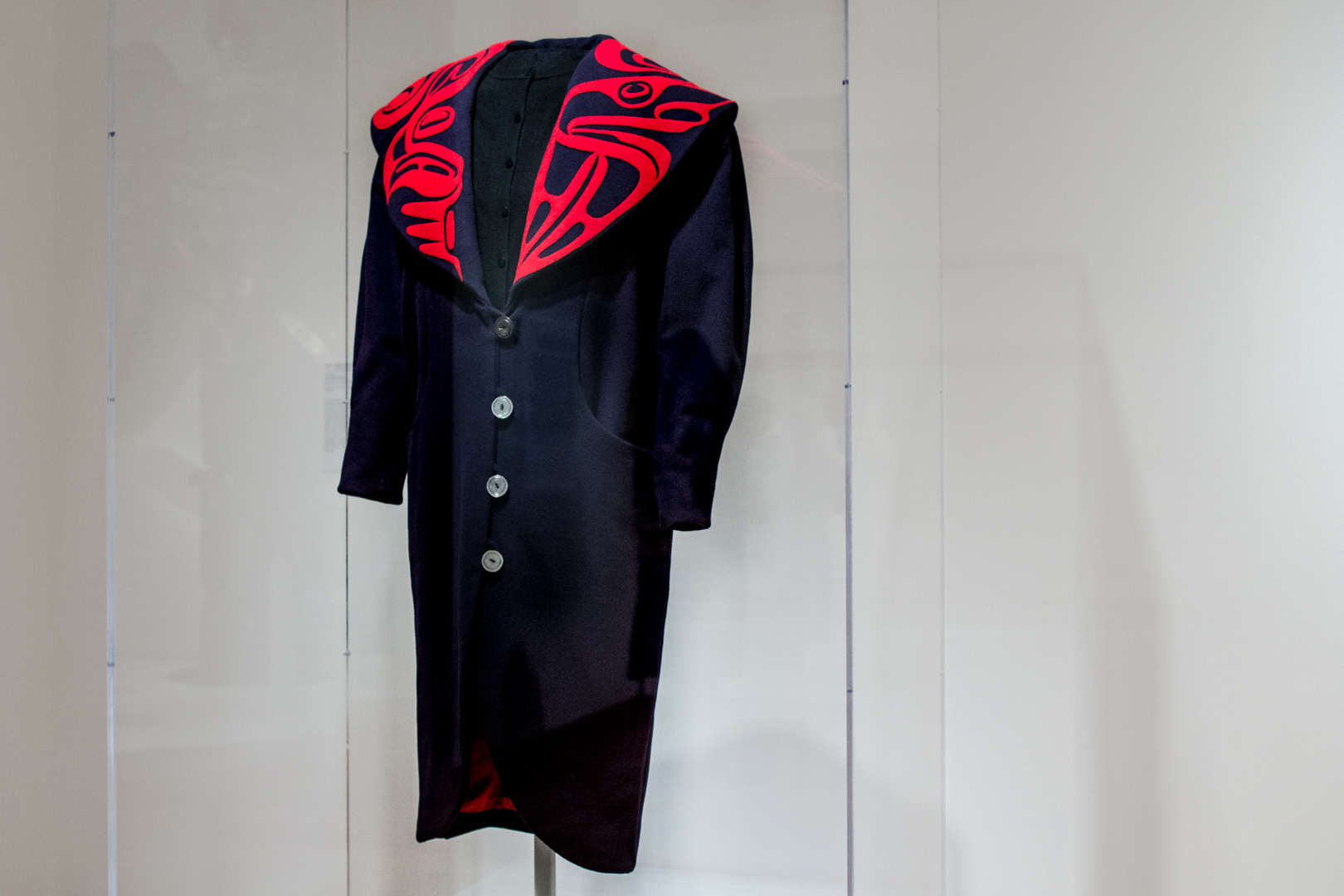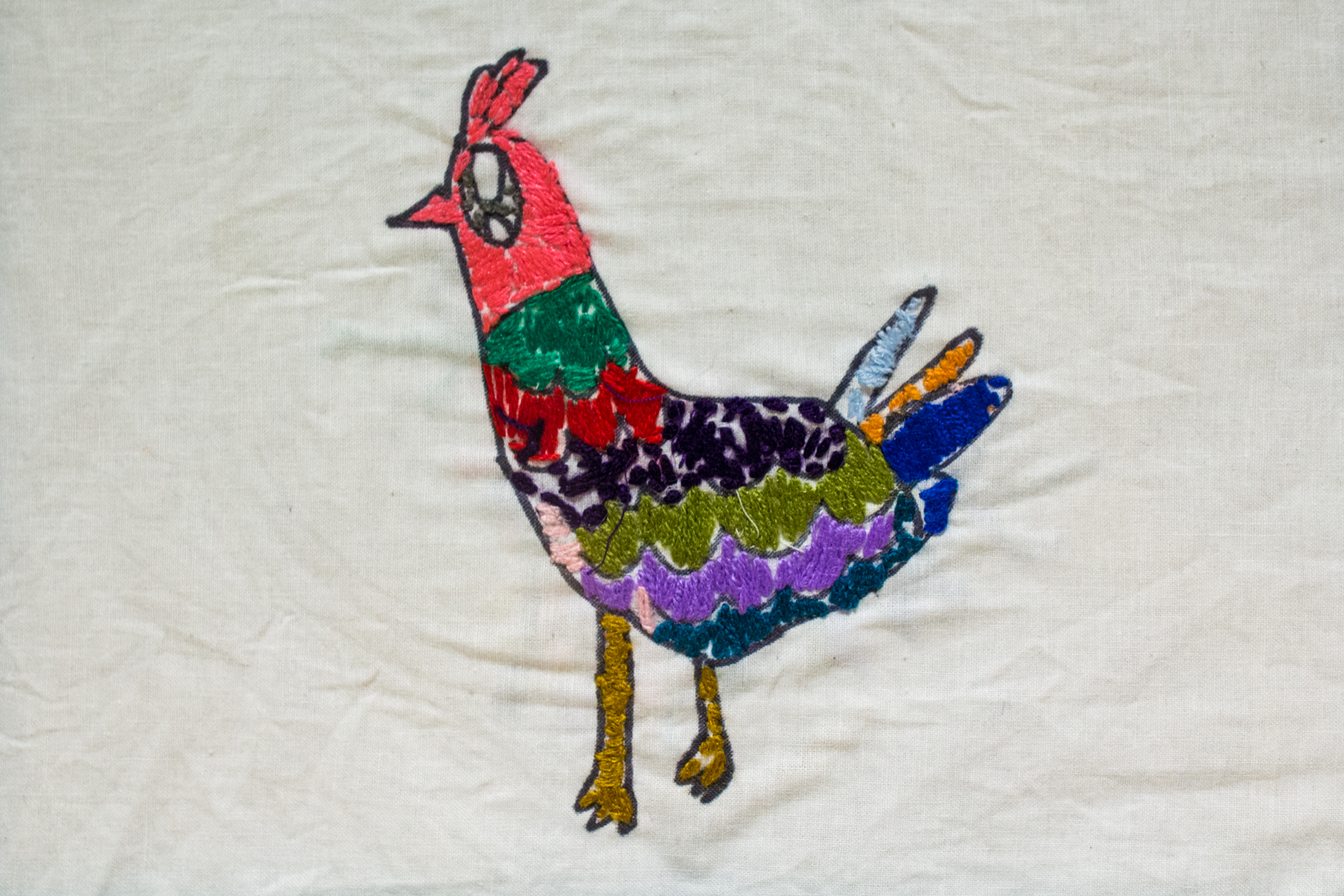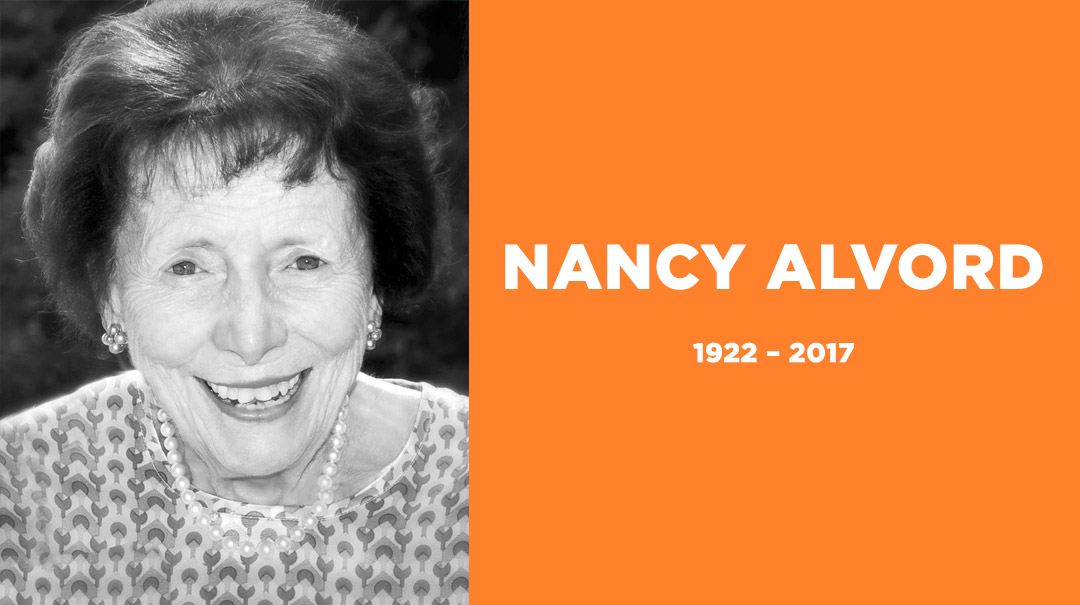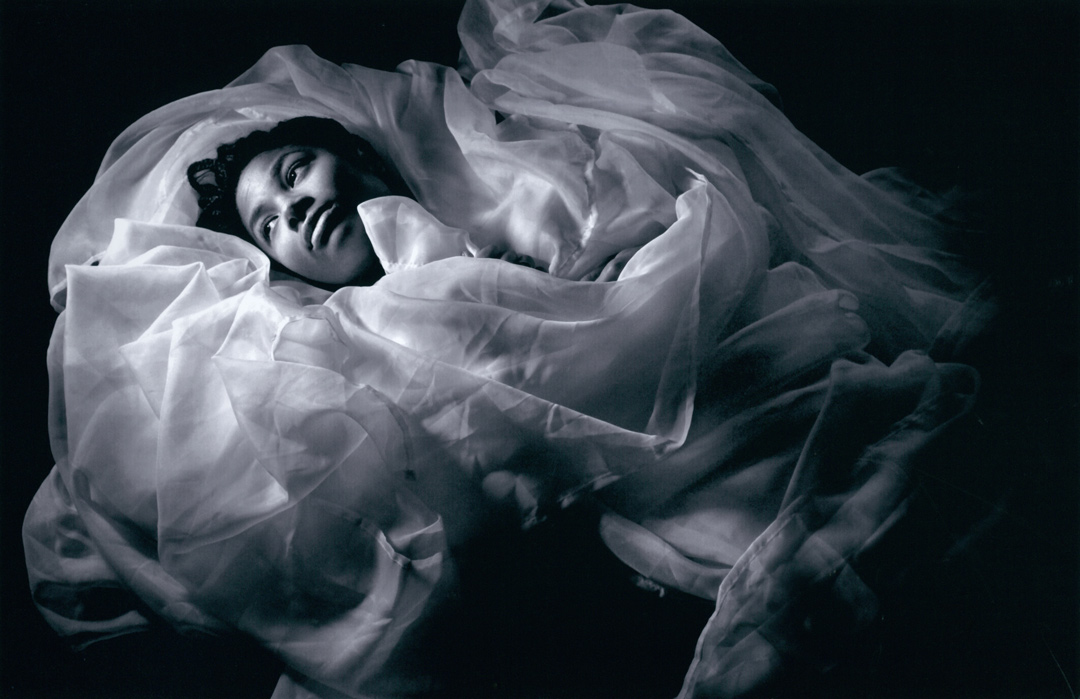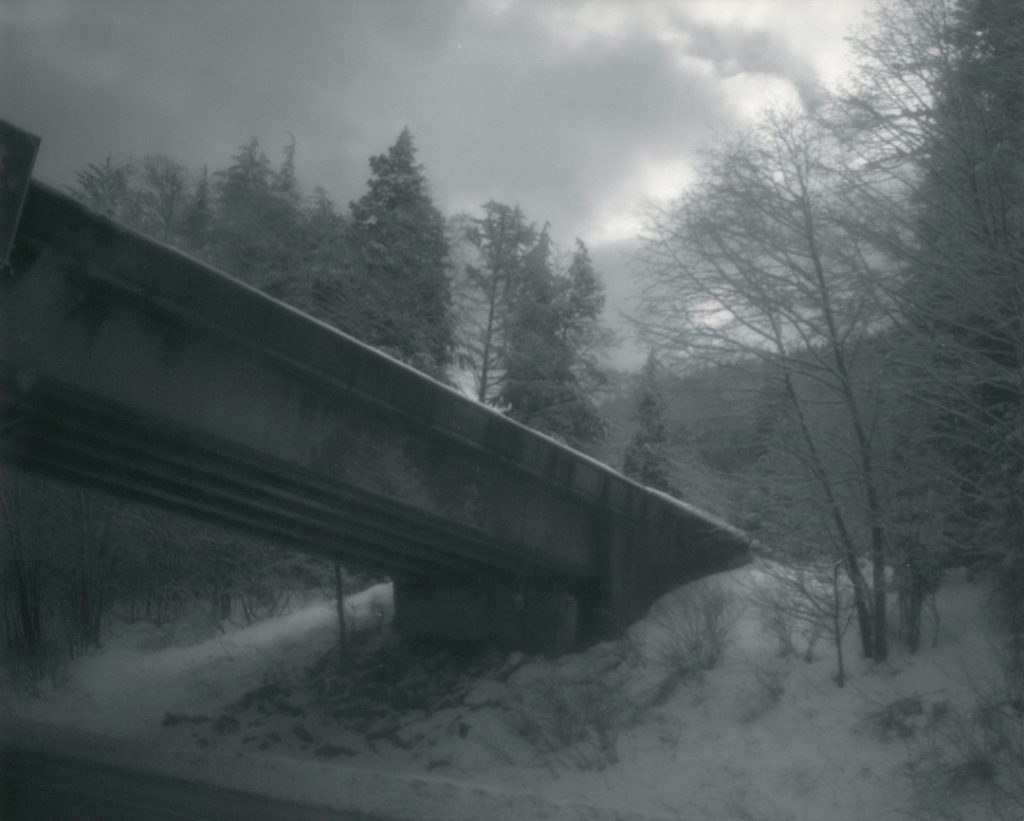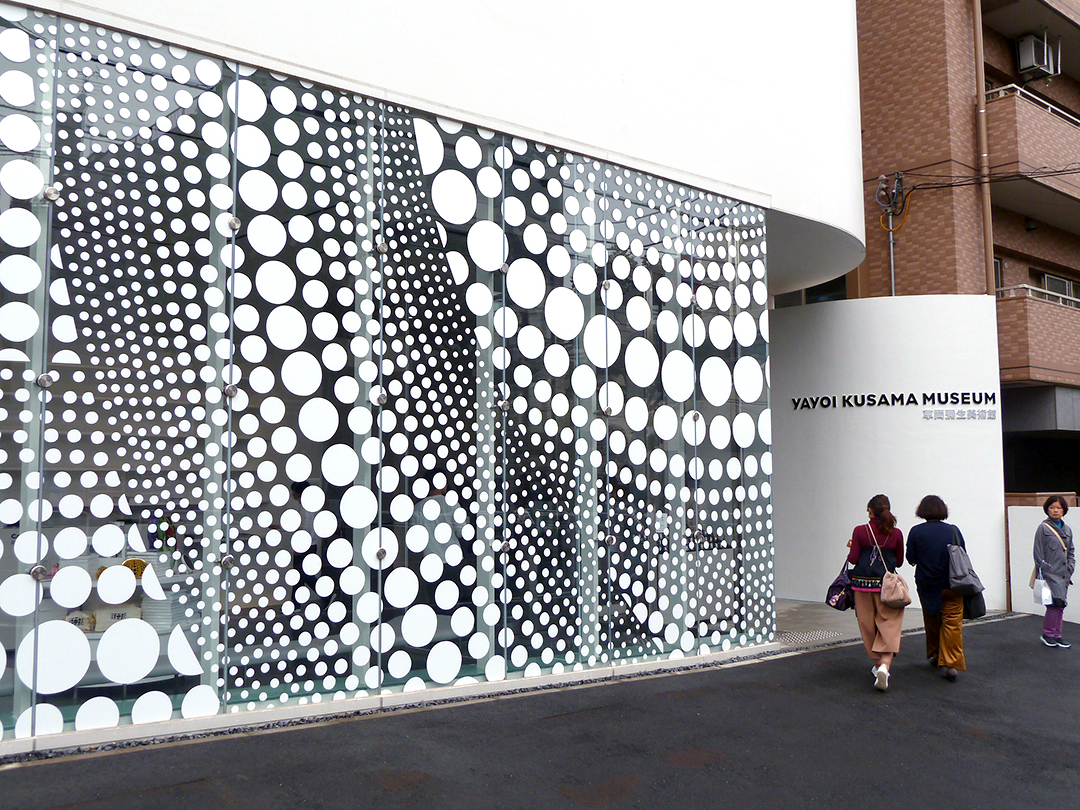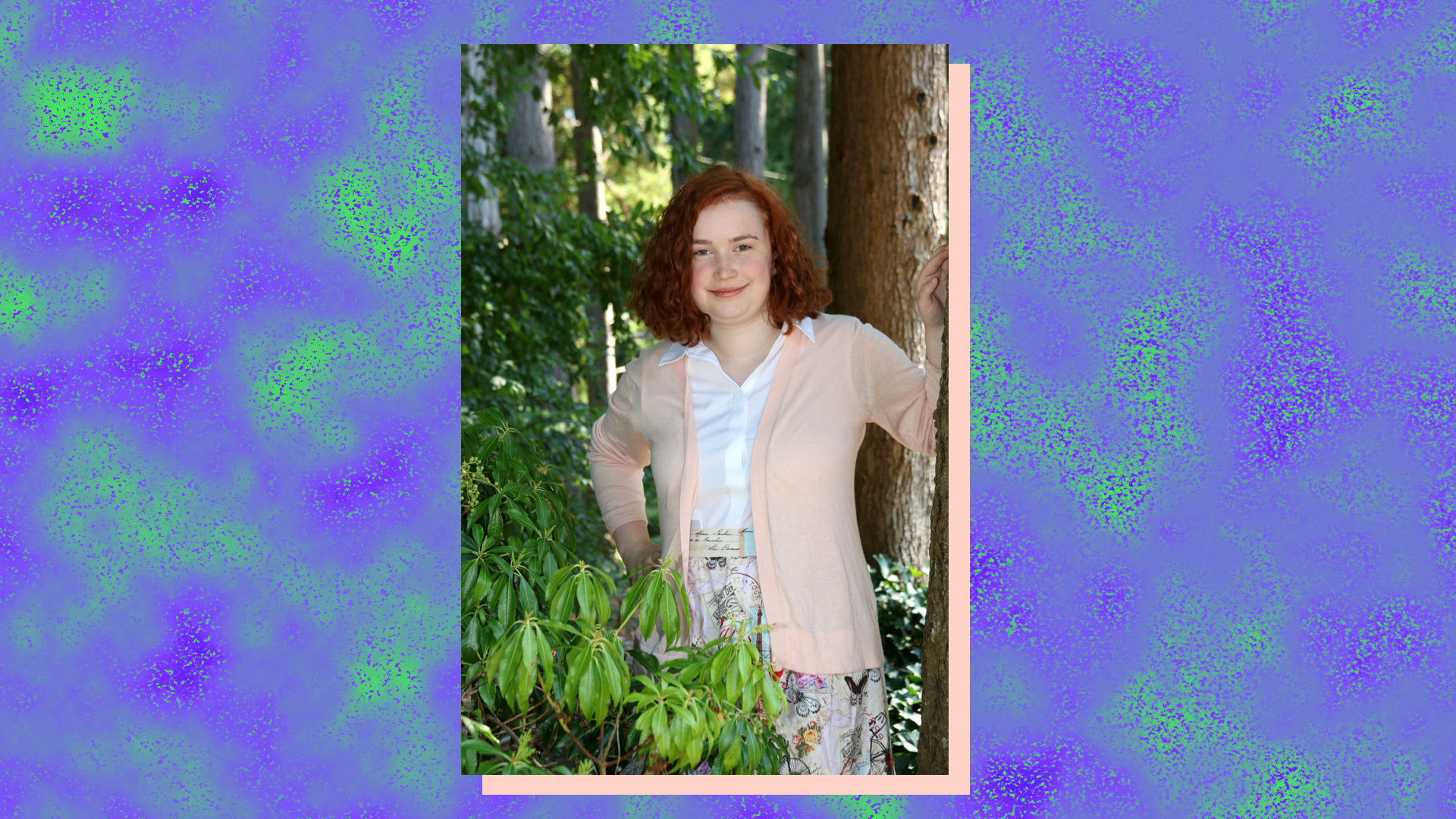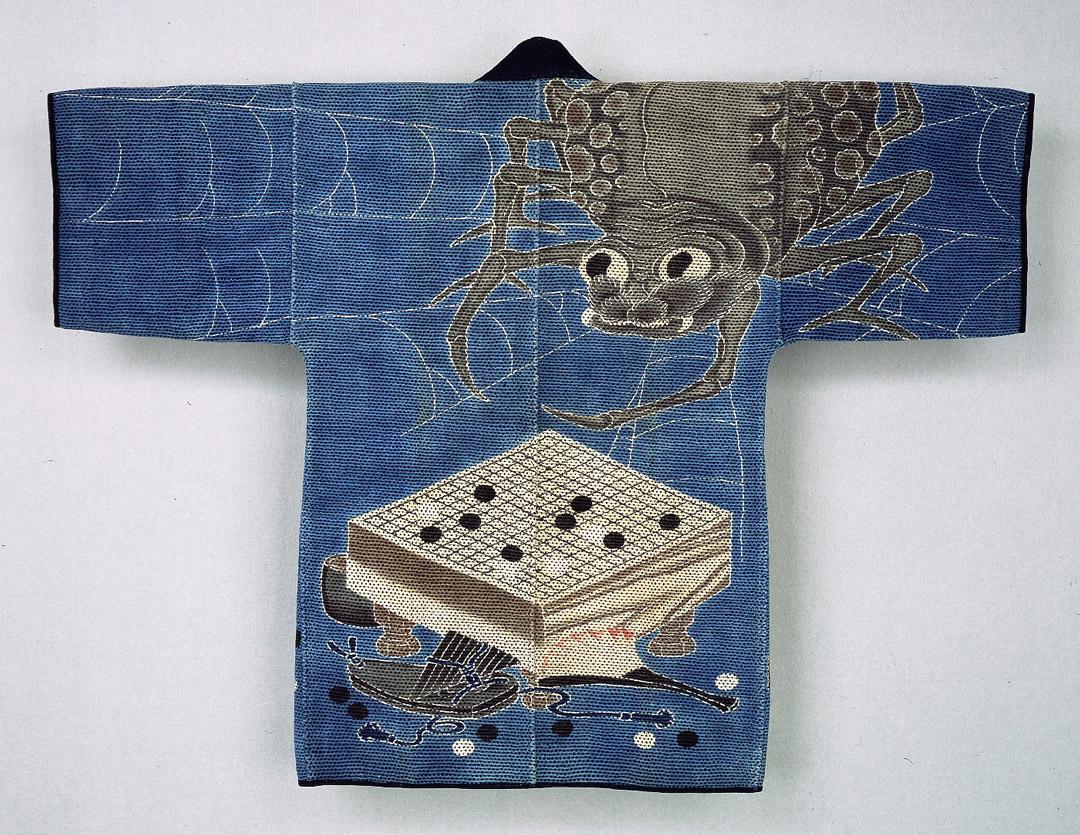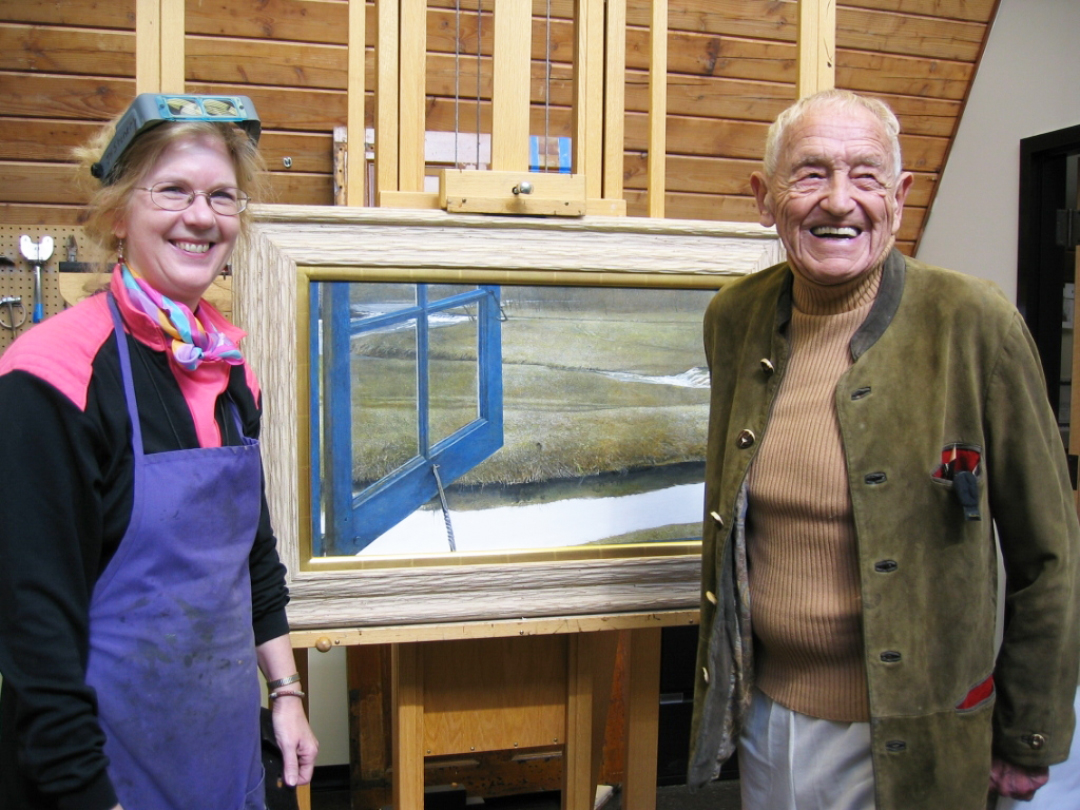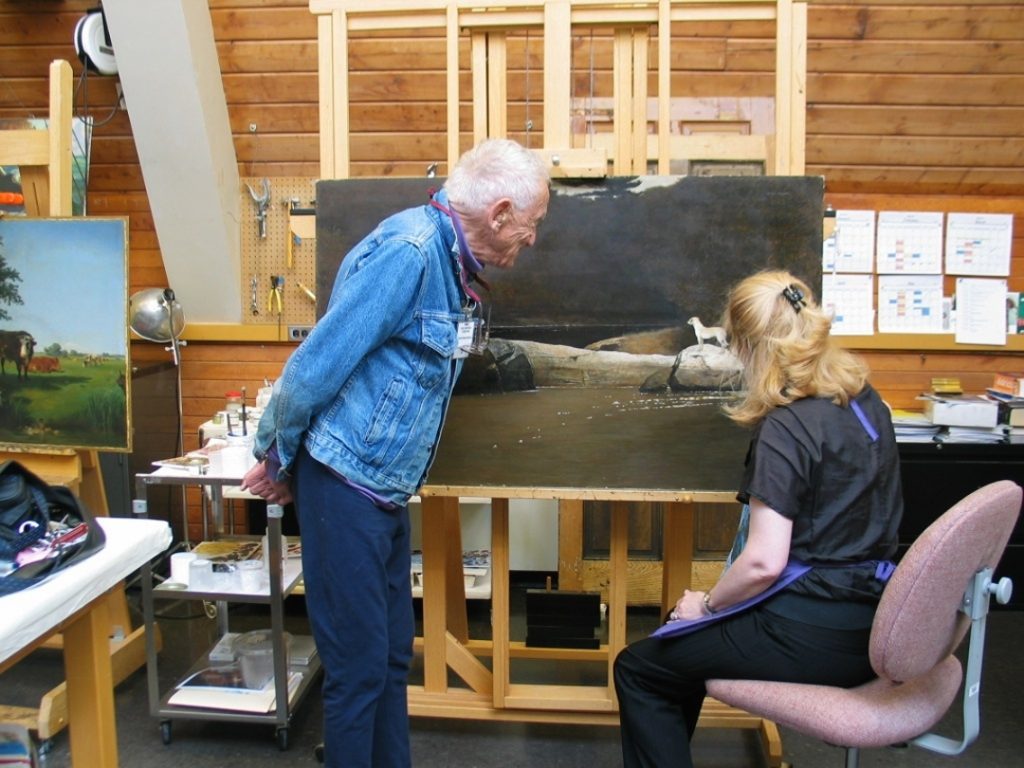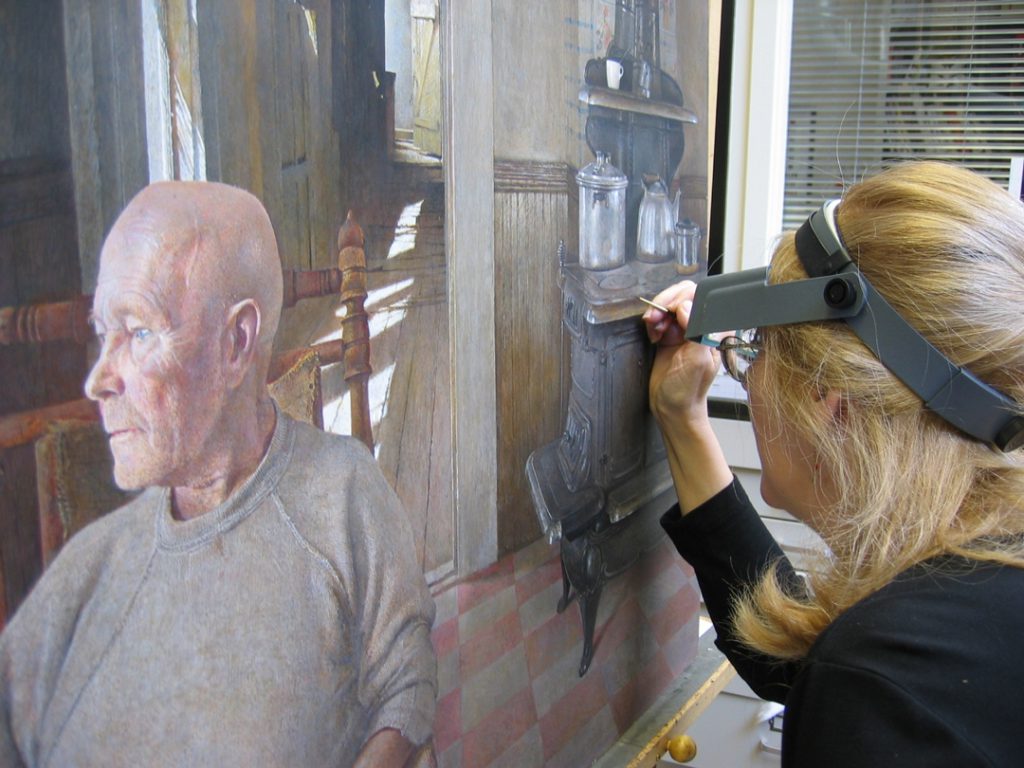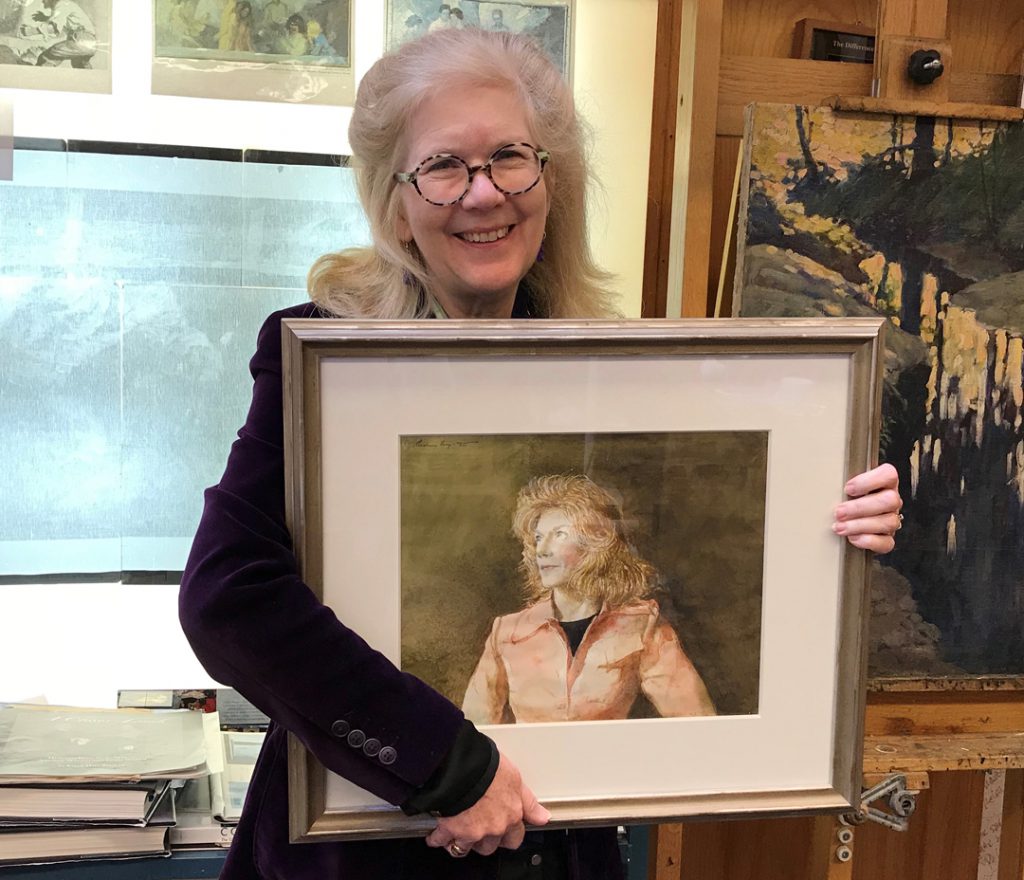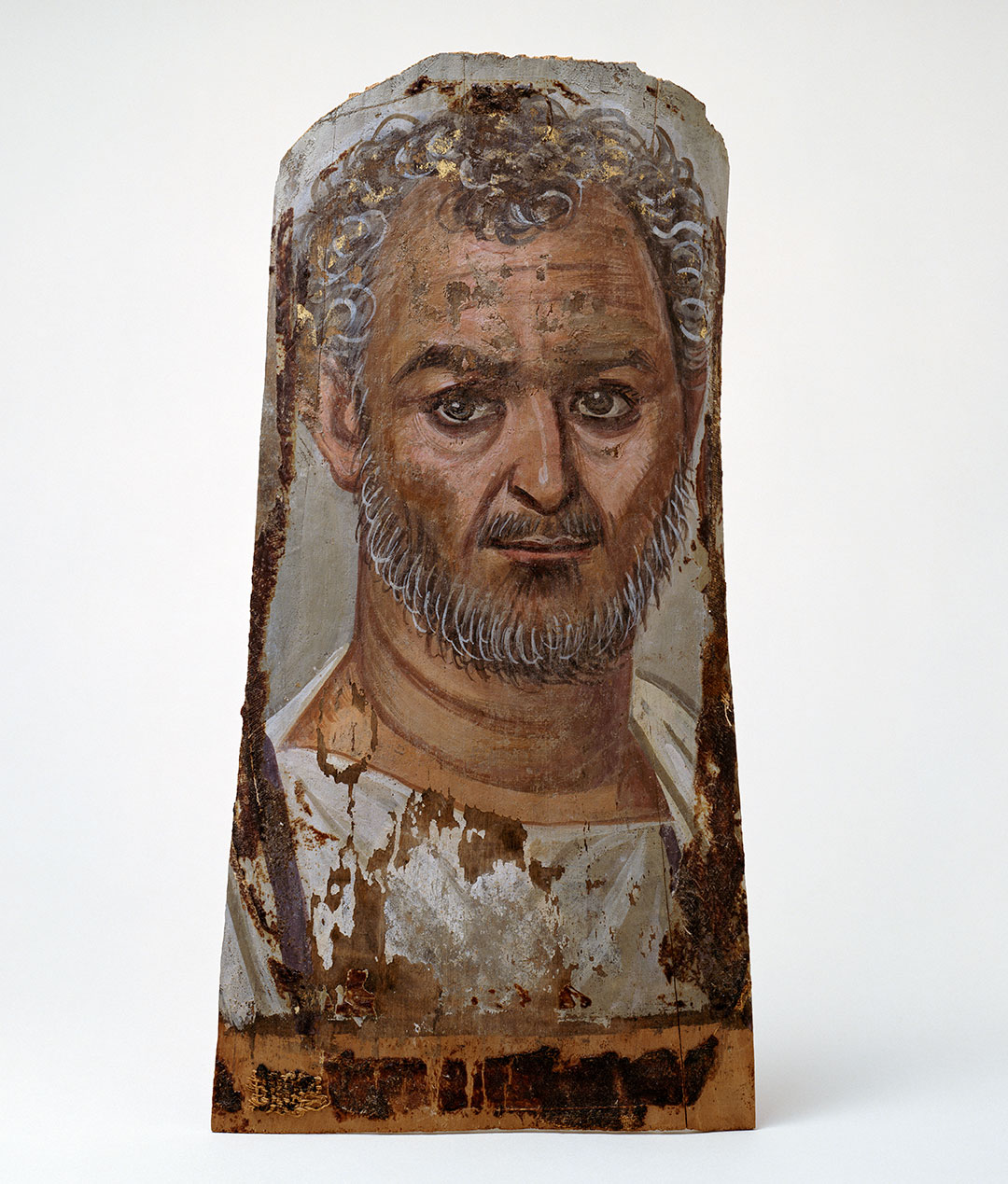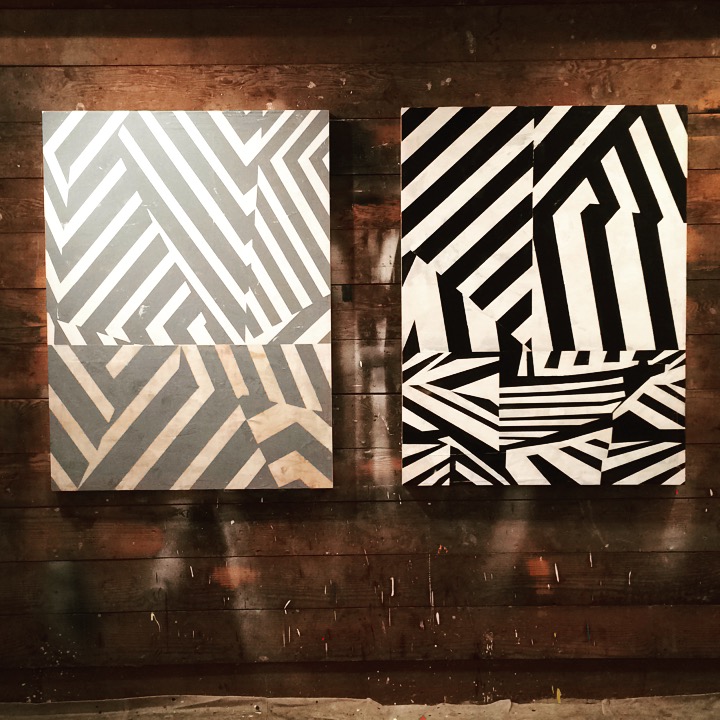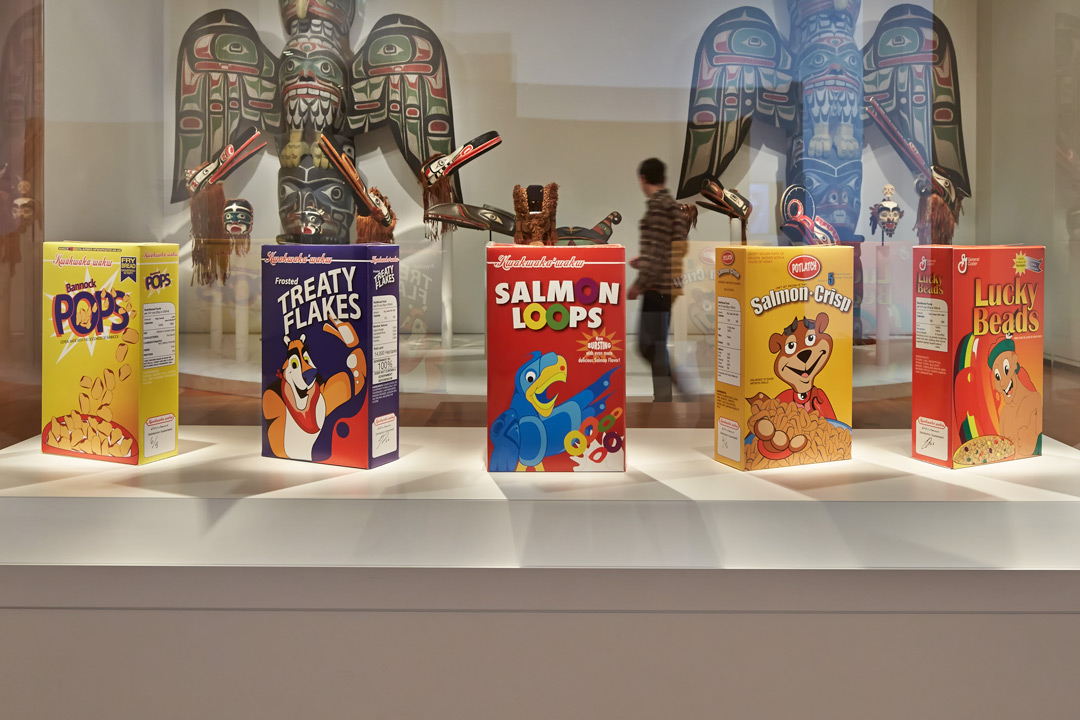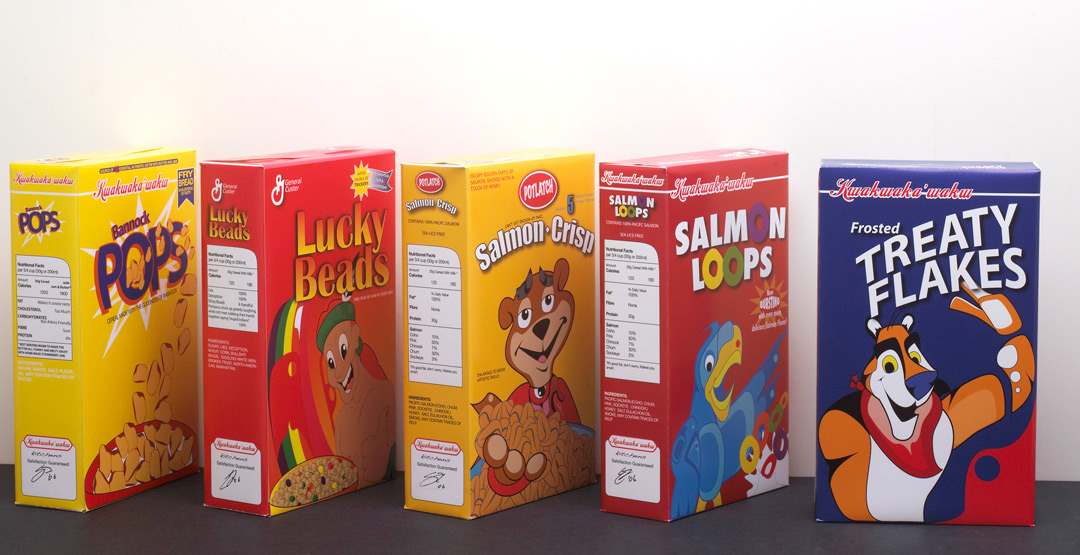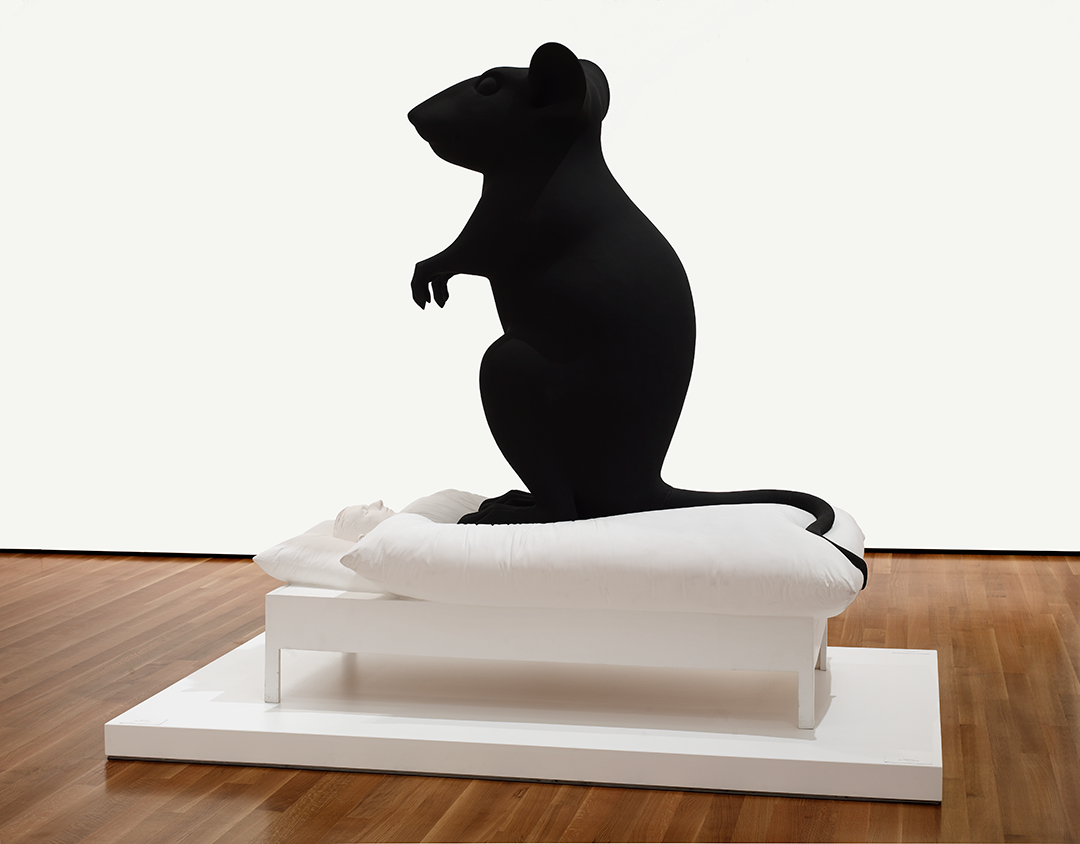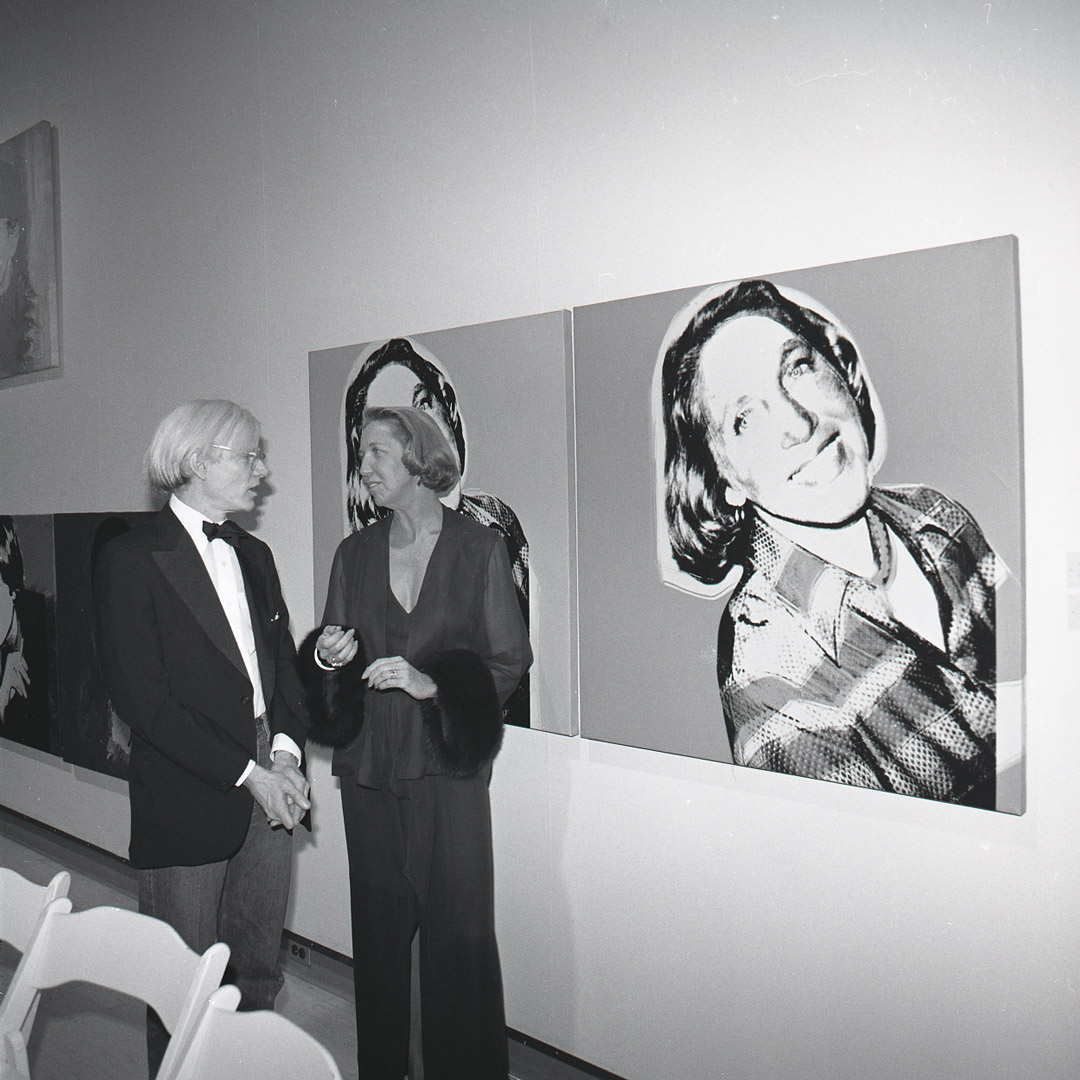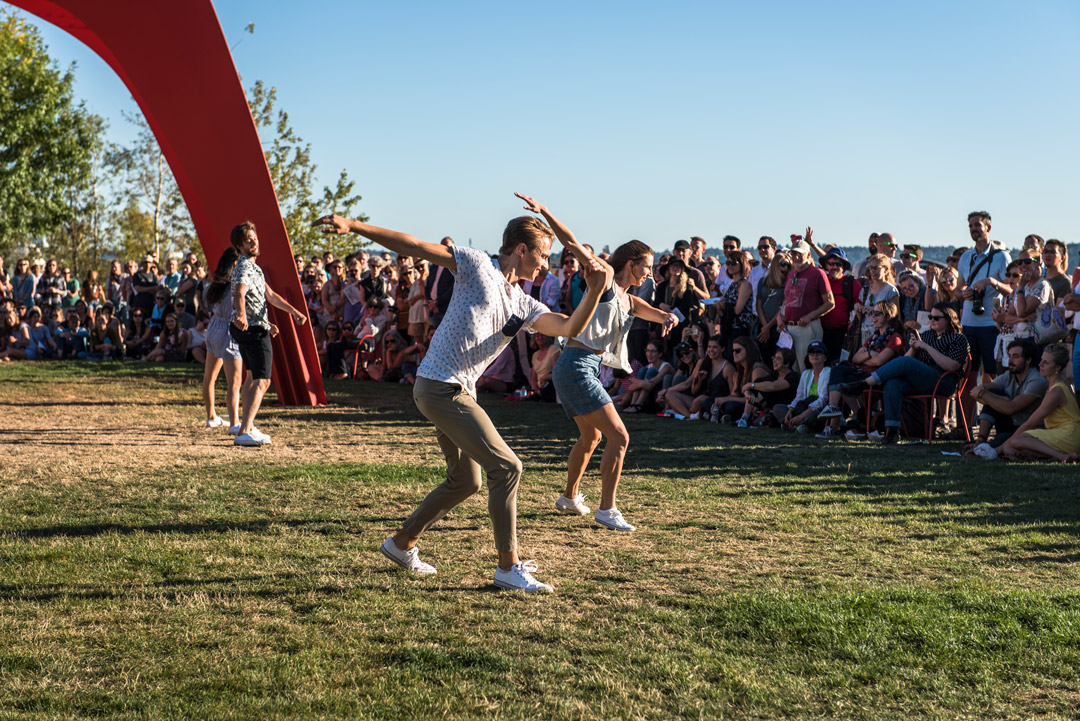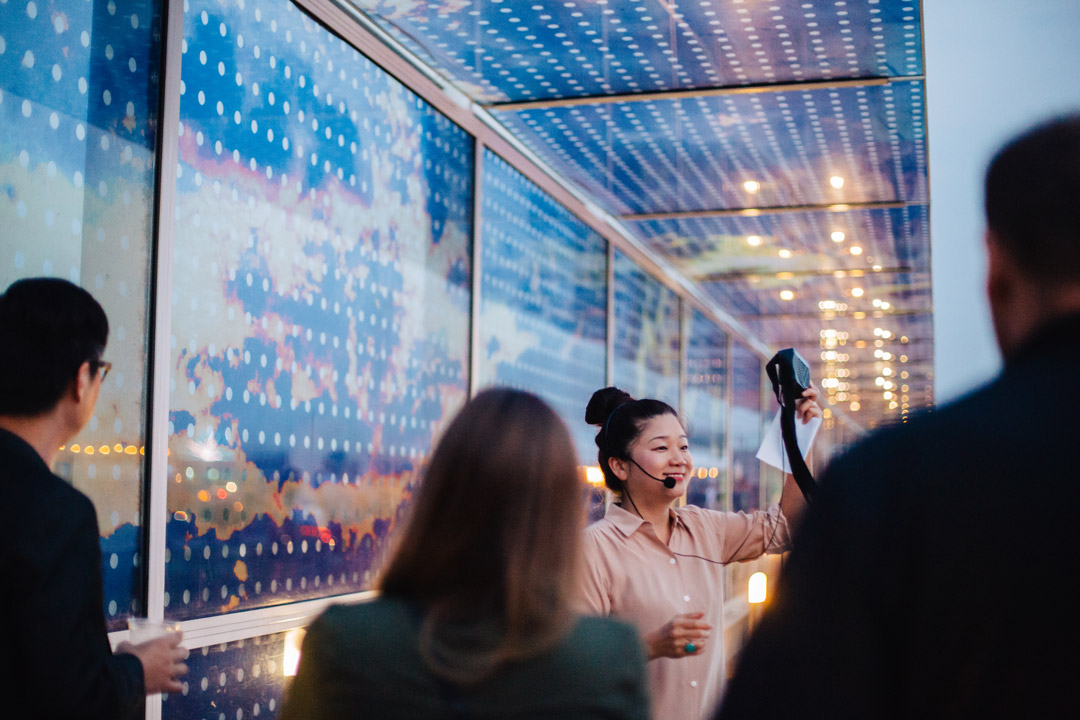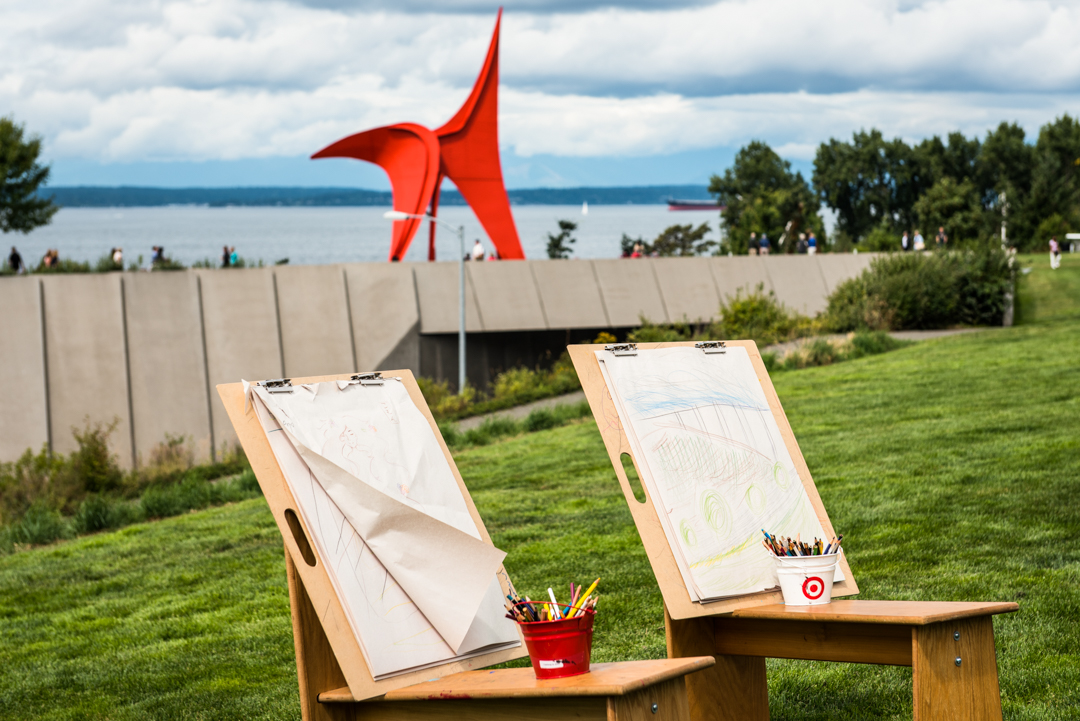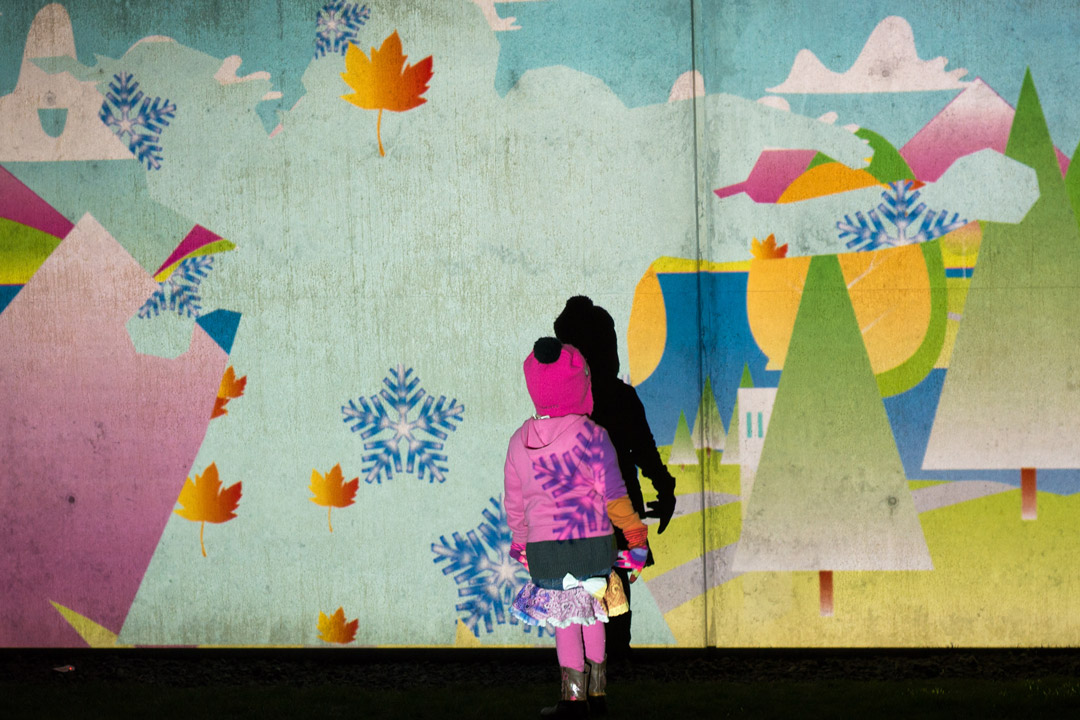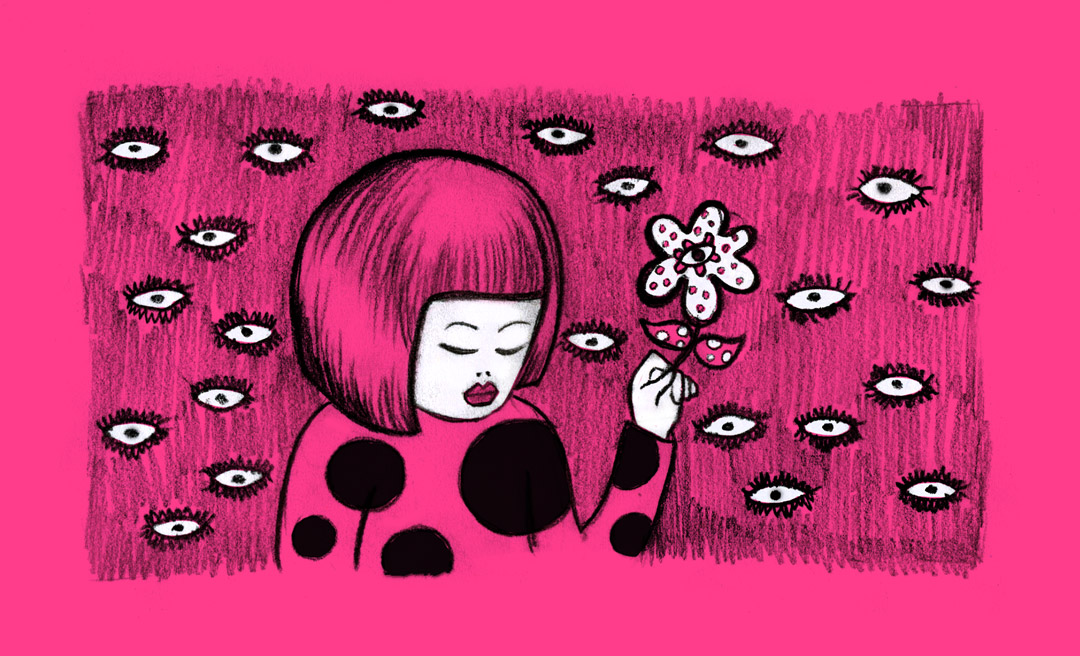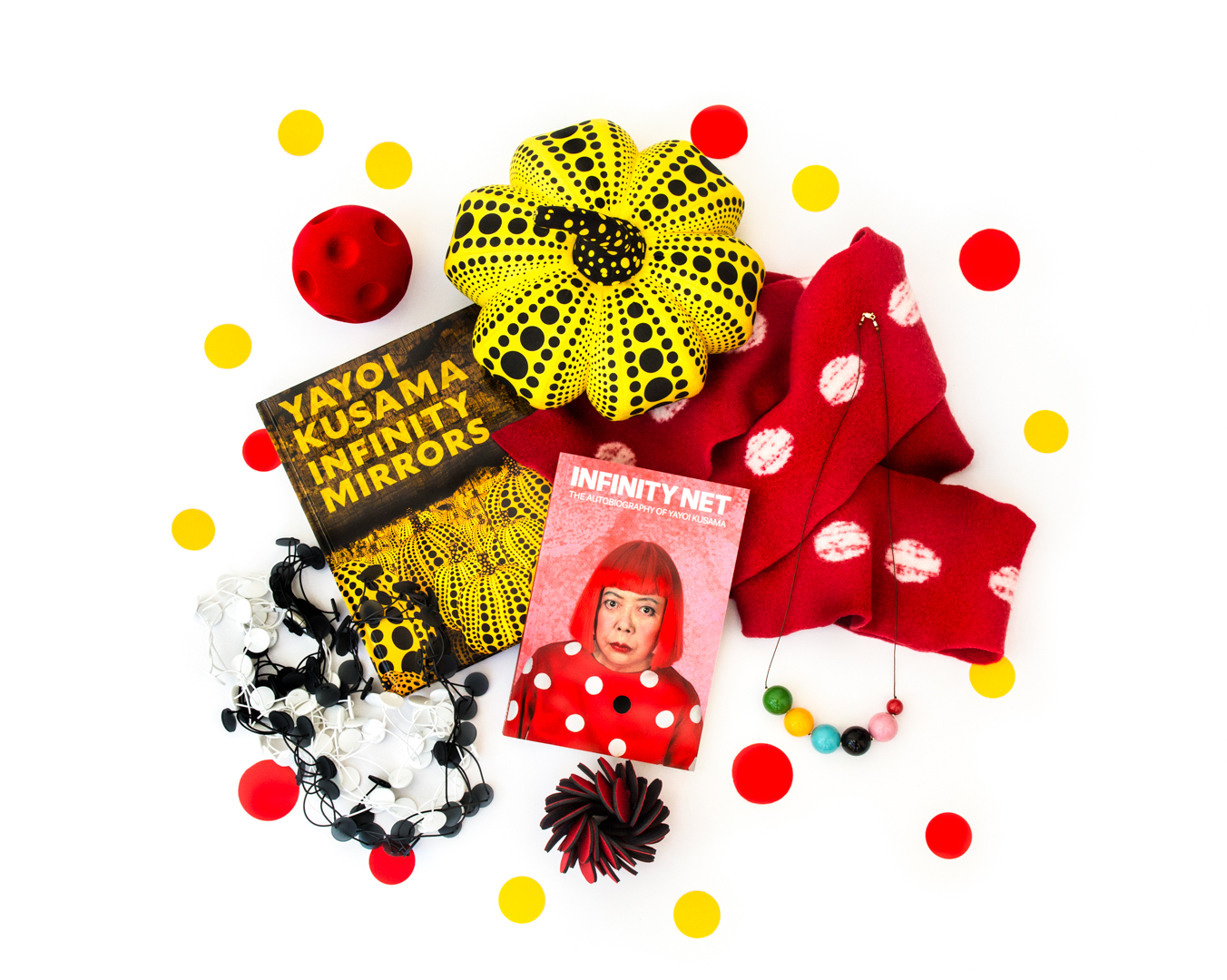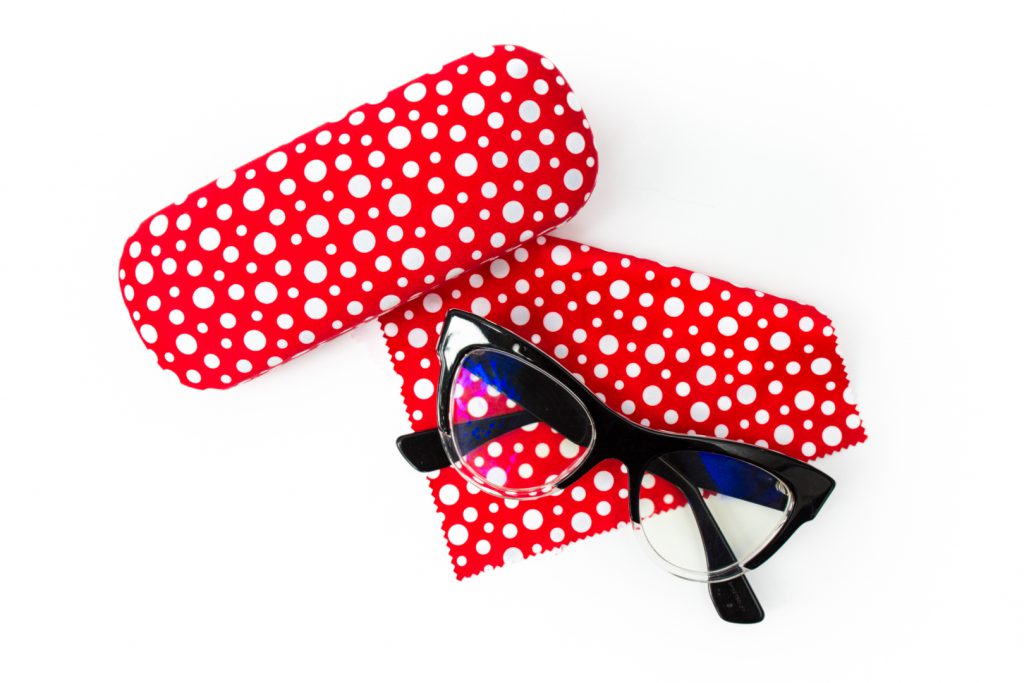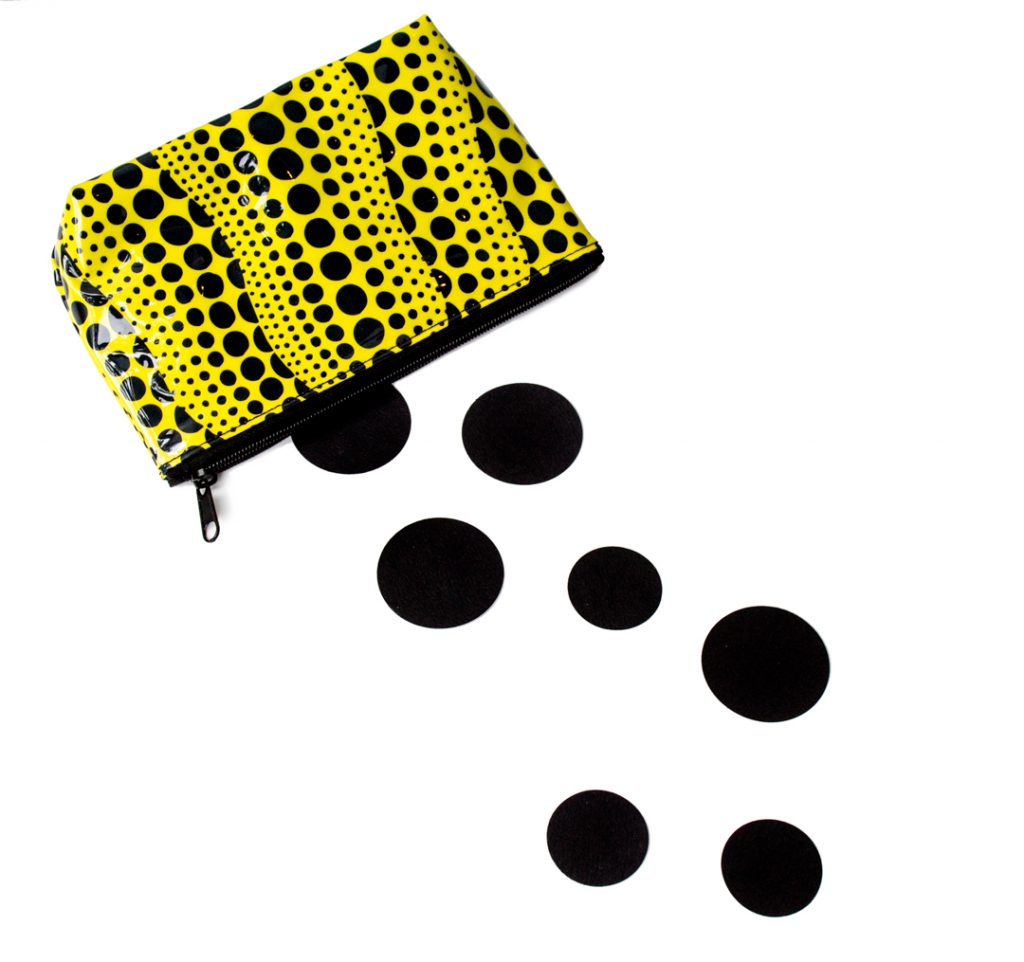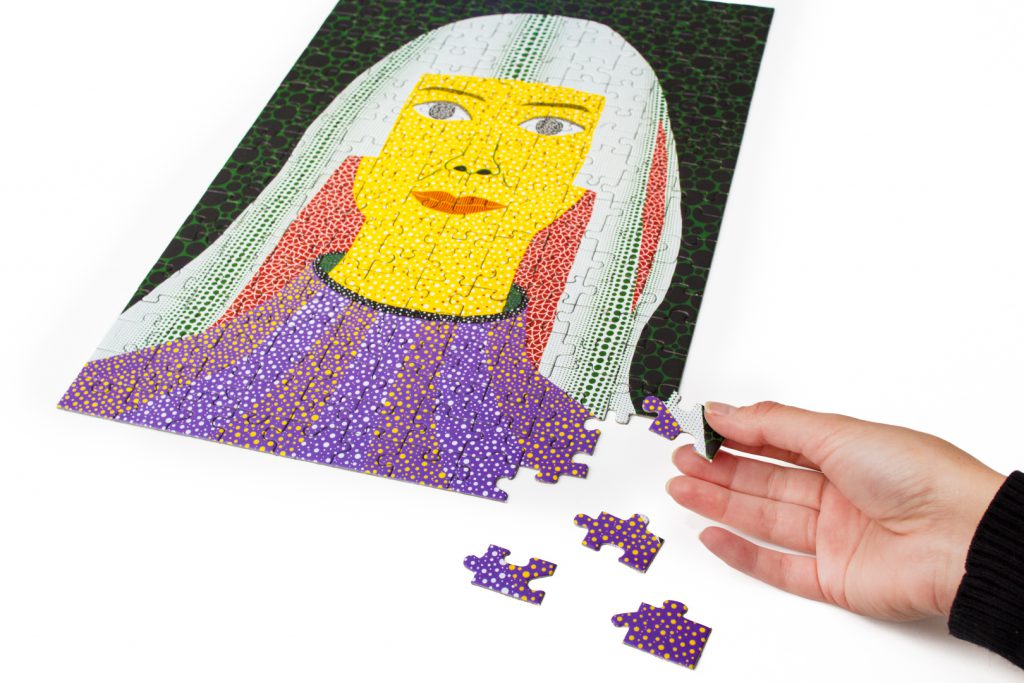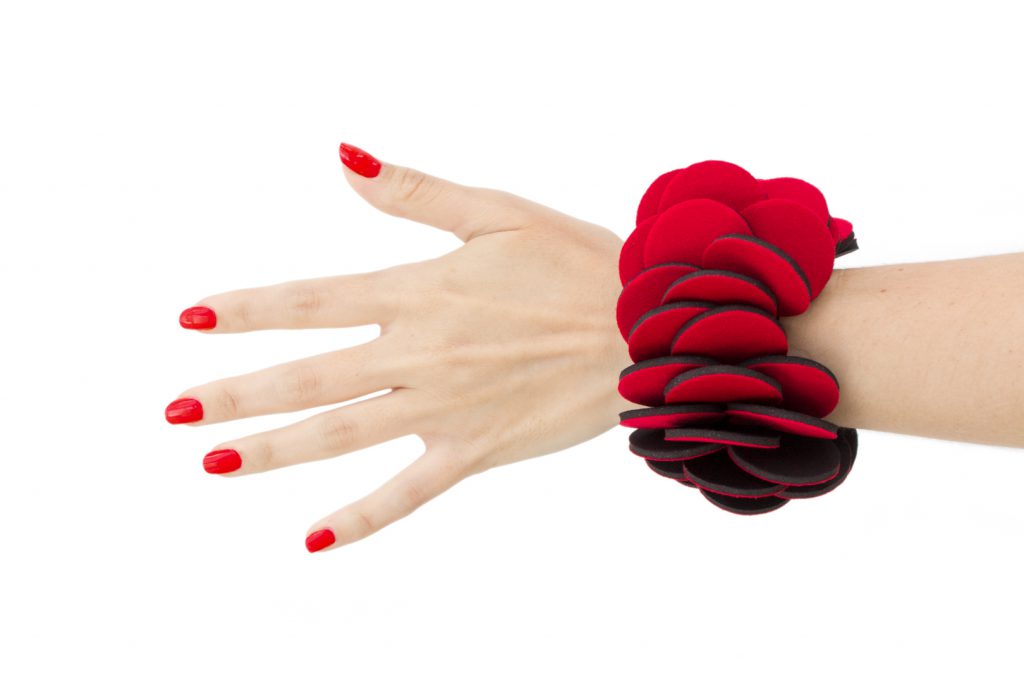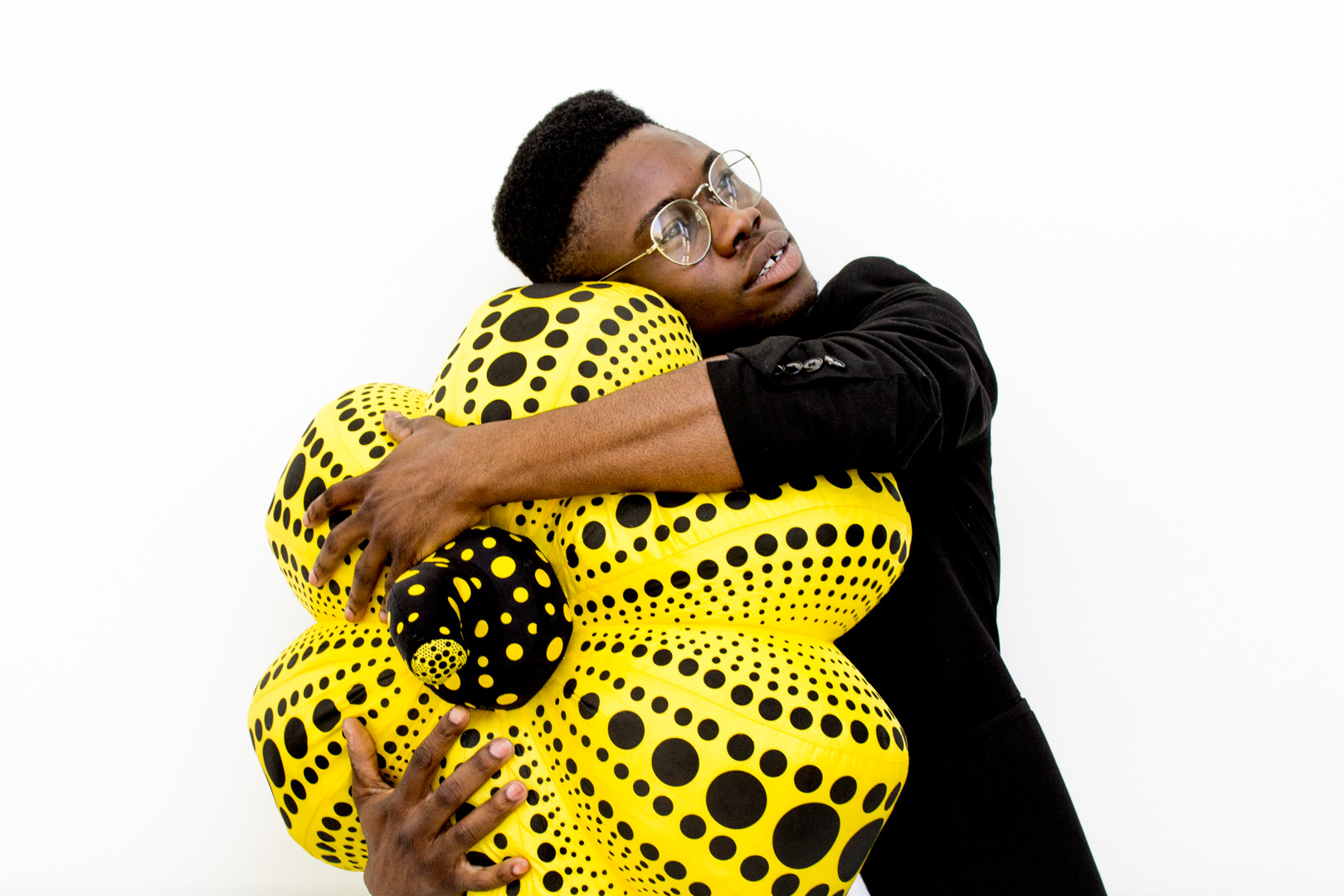The Community Gallery at the Seattle Art Museum showcases art that builds and supports community through allowing youth to have a voice and a place to share their vision. The Community Gallery is located on the first floor of the Seattle Art Museum and is currently showing The Voices of the City in partnership with Seattle Parks and Recreation. Jose’s embroidered artwork, pictured above, is an example of the Tenango technique that Isabel Mirales, our blog contributor, discusses below. Visit the Community Gallery through February 4 to see and hear more from these voices of our city.
Bordados Tenango de Hidalgo
On my last visit to Mexico, my country of origin. I visited a town in the state of Guanajuato called “La Valenciana.” Walking between the streets I found some women embroidering—the color of their blankets caught my attention and I started a conversation with them. While talking with them, I imagined how interesting and important it would be for my children in the Before and After School Program, to show them a little of their country through this embroidery, since many of them do not have or did not have the opportunity to travel to their parents’ home country and where their roots come from.
En mi última visita por México, mi país de origen. Visité un pueblo en el estado de Guanajuato llamado “La Valenciana” caminando entre las calles encontré a unas mujeres bordando. El colorido de sus mantas me llamó tanto la atención y comence una coversación con ellas. Mientras conversaba con ellas imaginaba lo interesante e importante que seria para mis niños en el Programa de Antes y Despues de la Escuala mostrarles un poco de su país a través de éstos bordados, ya que muchos de ellos no tienen o no an tenido la oportunidad de viajar al país de origen de sus padres y de dónde vienen sus raices.
And so, starts our adventure!
Y asi, comienzo nuestra aventura!
Mexico really is a country of colors, and under this emblem some women of the Otomí-tepehua region dedicate their life to spending their eyes and their hands creating true works of textile art. The Tenangos are a mosaic of colors that when shaped in a blanket, they become a gift that we all wish to have at home.
México realmente es un país de colores, y bajo este distintivo unas mujeres de la región otomí – tepehua dedican su vida a gastar la vista y sus manos para crear verdaderas obras de arte textil; los Tenangos son un mosaico de colores que al ser plasmados en una manta, se convierten en un regalo que todos deseamos tener en casa.
Within the wide range of crafts that are manifested in Mexico, the technique of textiles cannot be forgotten and the famous embroidery at Tenango de Doria in the state of Hidalgo, are an example of a great number of designs out of the mind of those embroiderers who spend every day sewing a new work to dress from a table.
Dentro de la gran gama de artesanía que se manifiestan en México, no puede faltar la técnica de los textiles; y los famosos bordados en Tenango de Doria en el estado de Hidalgo, son un ejemplo de una gran cantidad de diseños salidos de la mente de aquellas bordadoras que pasan todos los días cosiendo a pulso un nueva obra para vestir desde una mesa.
The different designs of Tenangos have been recognized around the world and this gives them an international prestige, “With a beautiful Tenango you will see this garment, no matter where come from.”
Los distintos diseños de los Tenangos han sido reconocidos en todo el mundo y esto les da un prestigio internacional, “Con un Tenango bella te verás con esta prenda, no importa de dónde vengas”.
There are about 400 women in this population who are dedicated to translating what their mind dictates, there is no pattern to follow, only a set of rural figures that can be human, natural or floral and with that colorful touch in blue, green, yellow or red.
Son alrededor de 400 mujeres en esta población quienes se dedican a plasmar lo que su mente les dicta, no hay un patrón a seguir, sólo un conjunto de figuras rurales que pueden ser humanas, naturales o florales y con ese toque colorido en azul, verde, amarillo o rojo.
These masters of the needle demonstrate their talent in white fabrics like linen, blanket, silk, cotton, and other textures in timeframes that can range from weeks to months.
Estas maestras de la aguja demuestran su talento en telas blancas como lino, manta, seda, algodón, y demás texturas en plazos que van de semanas a meses.
Not all the colorful figures are on a white background: they are also made under a black cloth with white or gold embroidery, perhaps yellow backgrounds with red embroidery, and other beautiful combinations that, thanks to their unique designs, put the buyer in a true dilemma of whether to wear a traditional tenango or one that matches more with a room or some piece of their house.
No todas las figuras coloridas van en un fondo blanco, también se hacen bajo una tela negra con bordados blancos o dorados, quizá fondos amarillos con bordados rojos, y otras hermosas combinaciones que–gracias a sus diseños irrepetibles-ponen al comprador en un verdadero dilema de si llevar un tenango tradicional o uno que combine más con la sala o alguna pieza de la casa.
The truth is that a wall is worth putting a work of art on, and a Tenango is that. At the moment, there are exclusive hotels decorating luxurious spaces that give that “Mexican” touch in the decoration.
Lo cierto es que una pared vale la pena poner una obra de arte y un Tenango es eso. Actualmente hay hoteles exclusivos decorando espacios lujosos que le dan ese toque “mexicano” en la decoración.
Horses, birds, deer, daisies, rabbits, trees, dogs, children, donkeys, armadillos, bulls, tulips, dragonflies, fish, hens and other elements of nature perfectly combine with grecas and some other indigenous symbols.
Caballos, pájaros, venados, margaritas, conejos, árboles, perros, niños, burros, armadillos, toros, tulipanes, libélulas, peces, gallinas y demás elementos de la naturaleza combinan perfectamente con grecas y algunos otros símbolos prehispánicos.
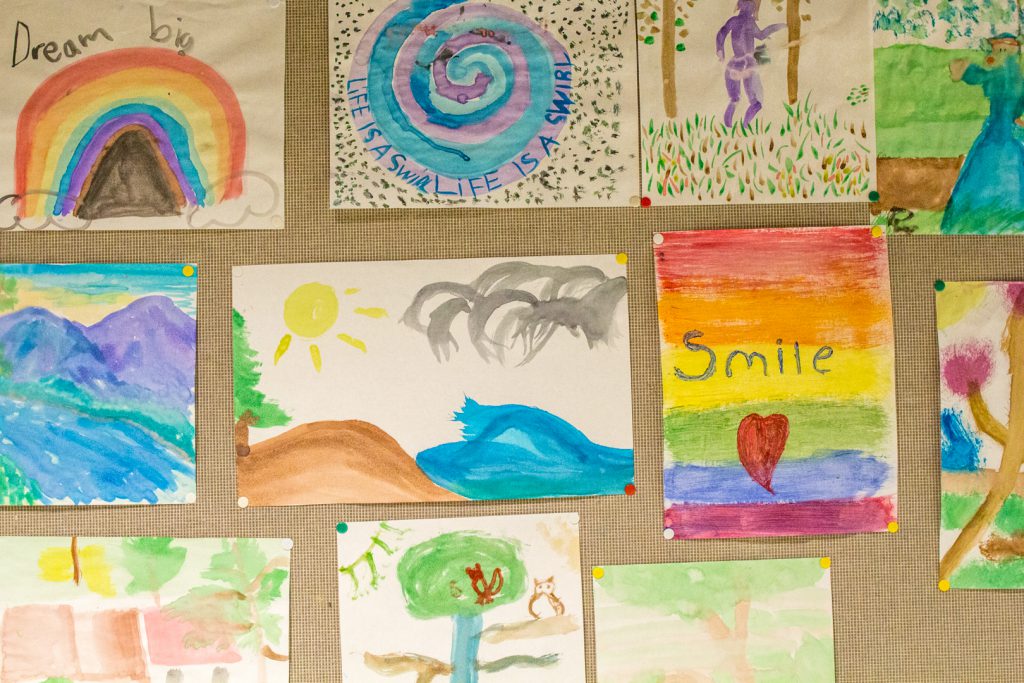
Together, they are the perfect canvas that harmonizes the culture and life of the community in different important events like marriage, harvest, some parties, birth and other moments of Otomí-tepehua life.
Juntos, son el lienzo perfecto que armoniza la cultura y la vida de la comunidad en distintos eventos importantes como el matrimonio, la cosecha, algunas fiestas, el nacimiento y otros momentos de la vida otomí-tepehua.
– Isabel Mireles, Childcare Provider, South Park School-Age Care Program
Photos: Natali Wiseman
